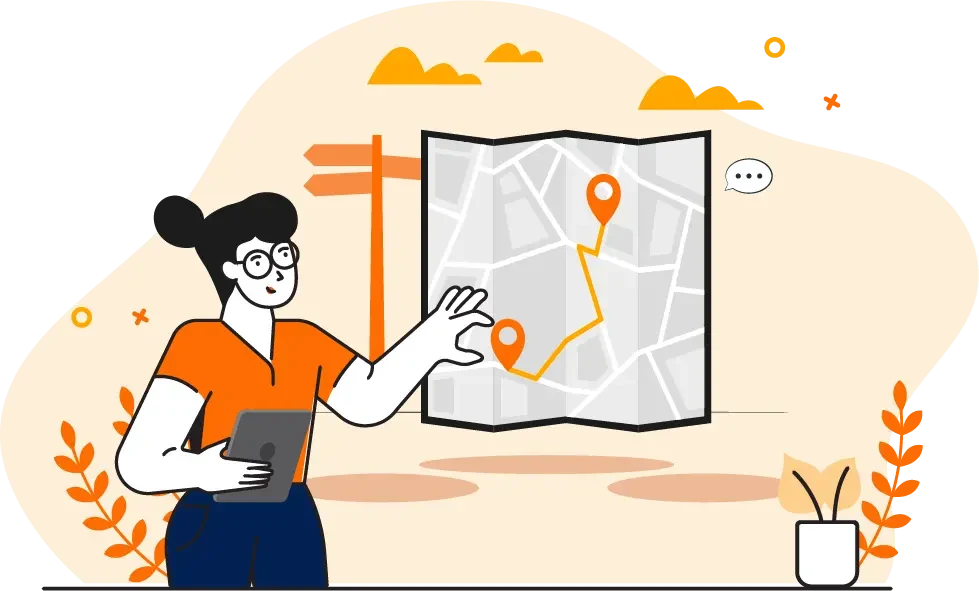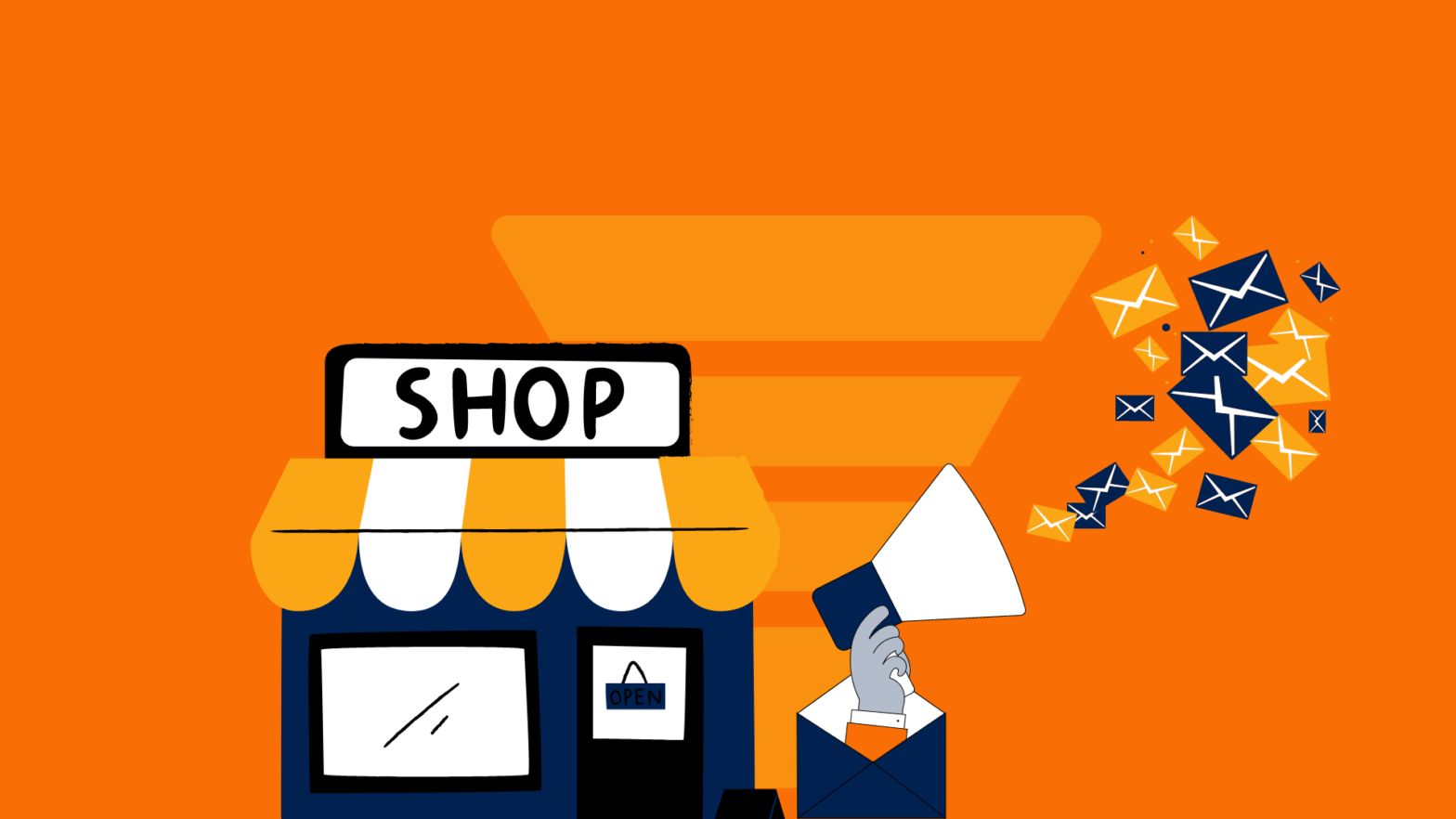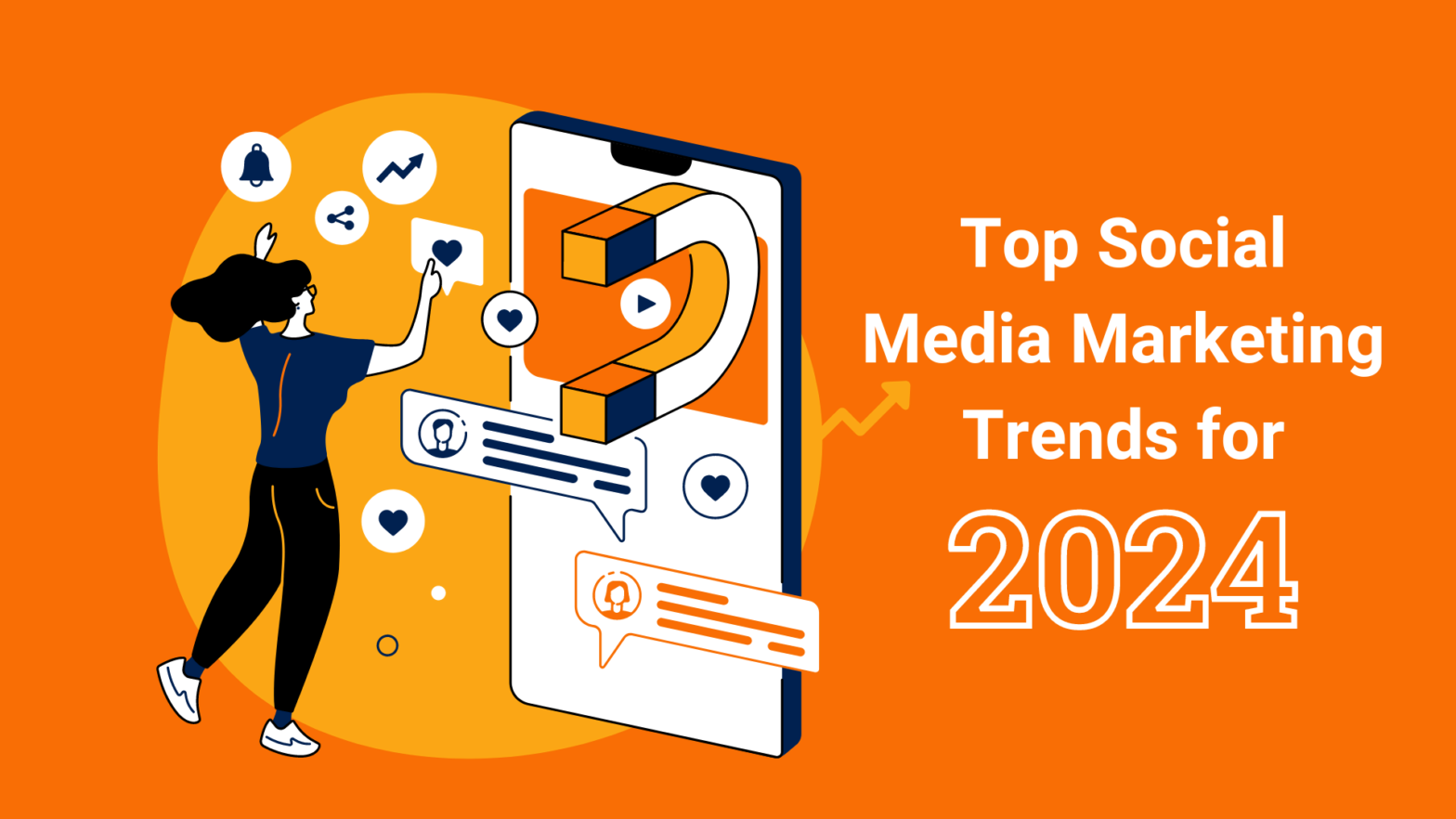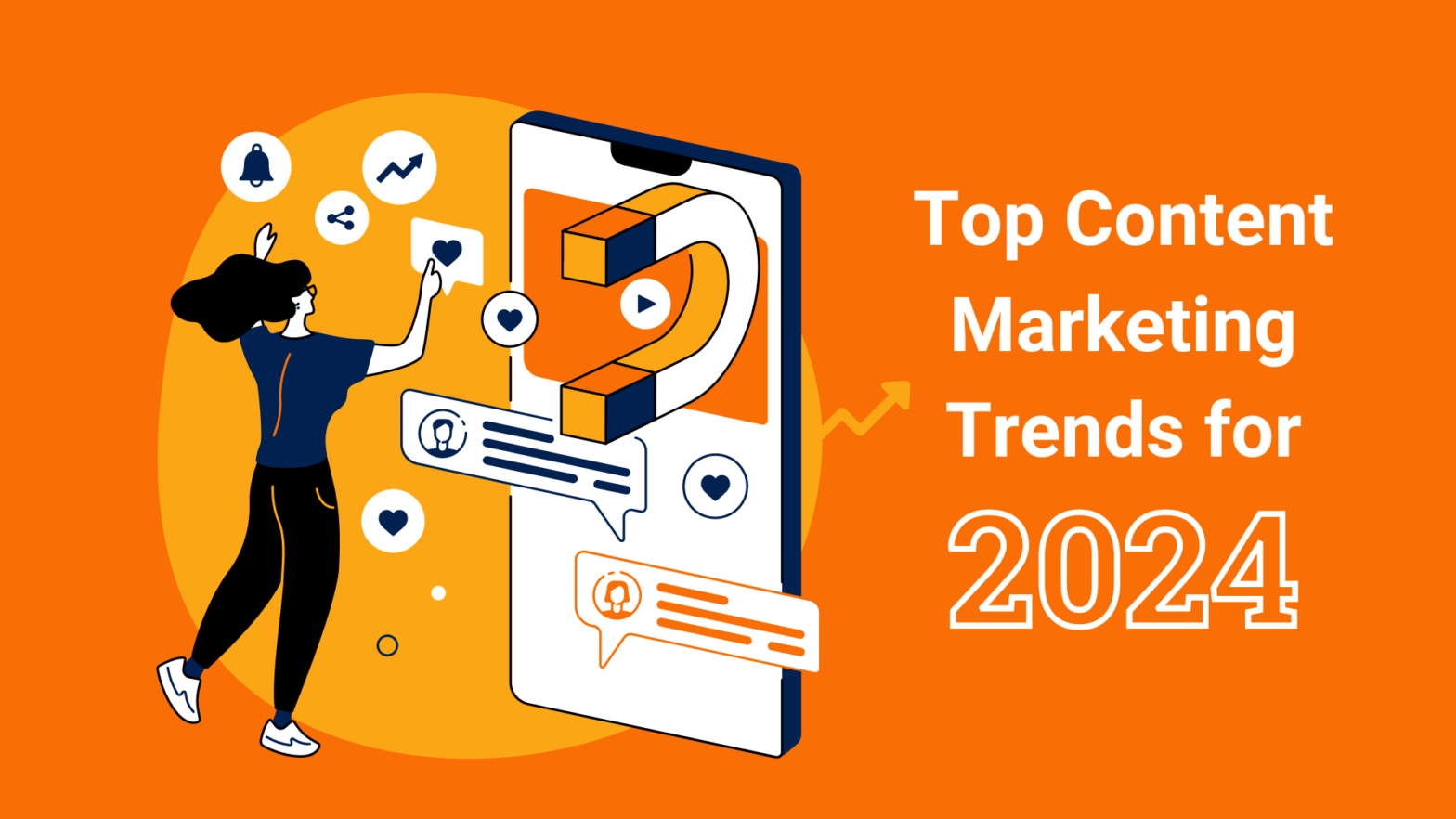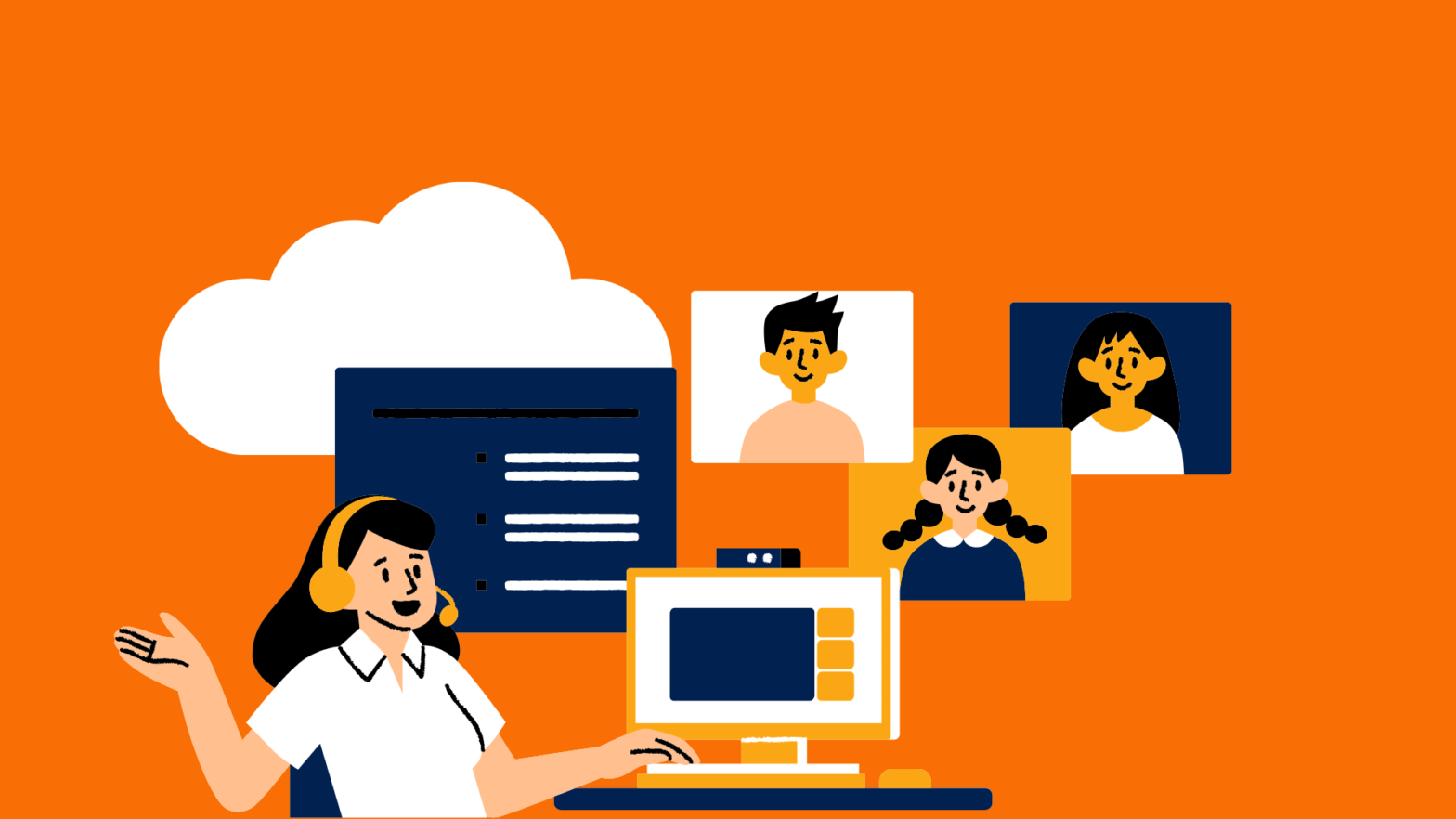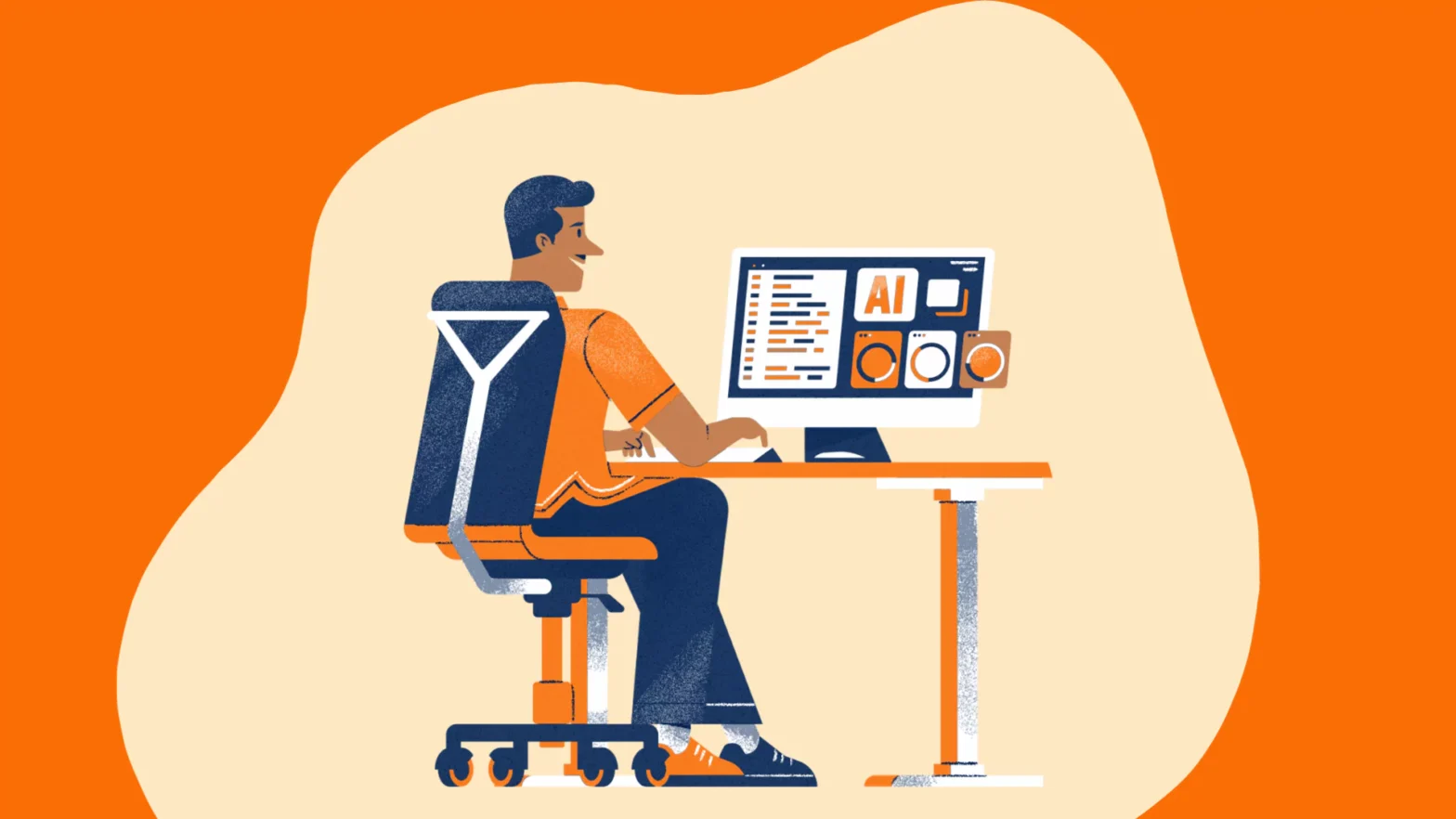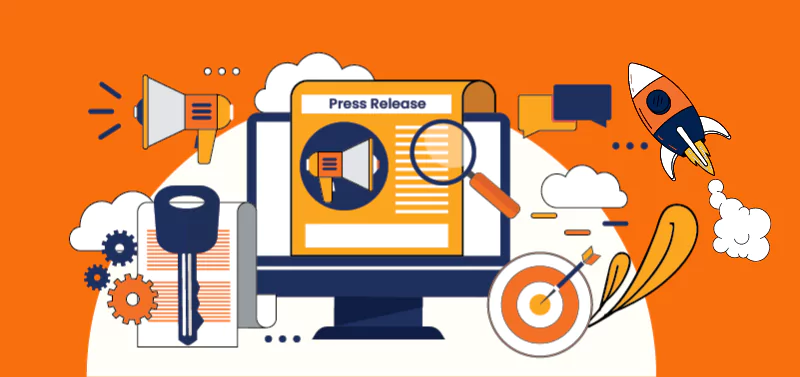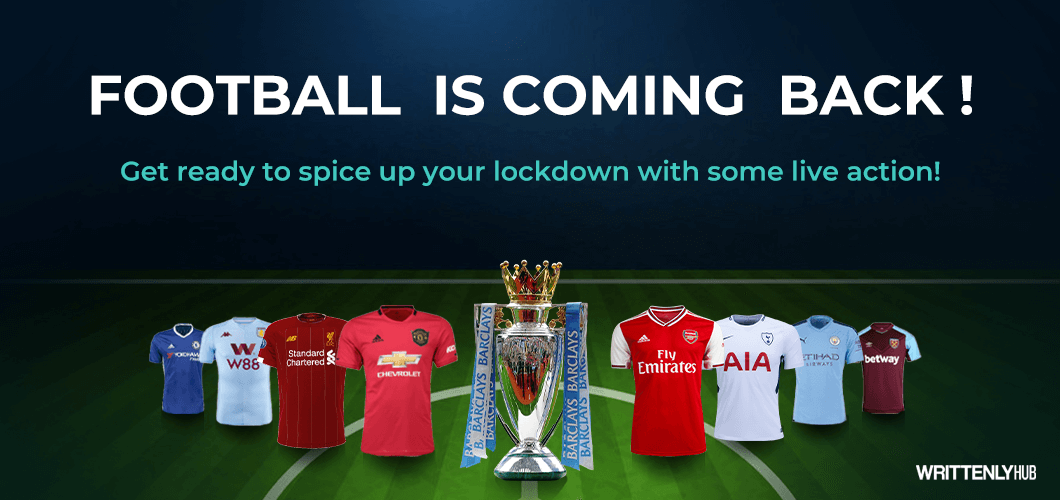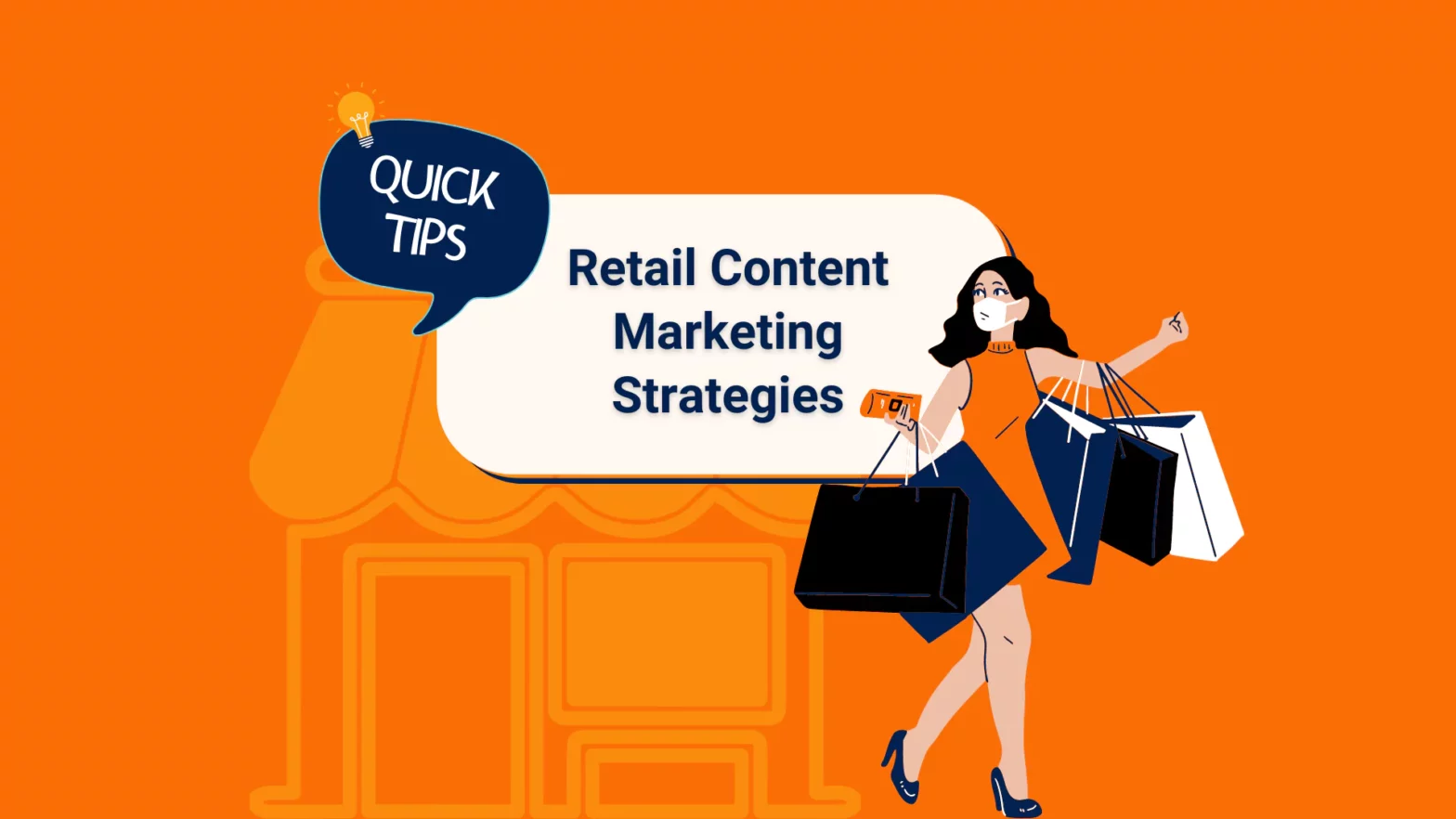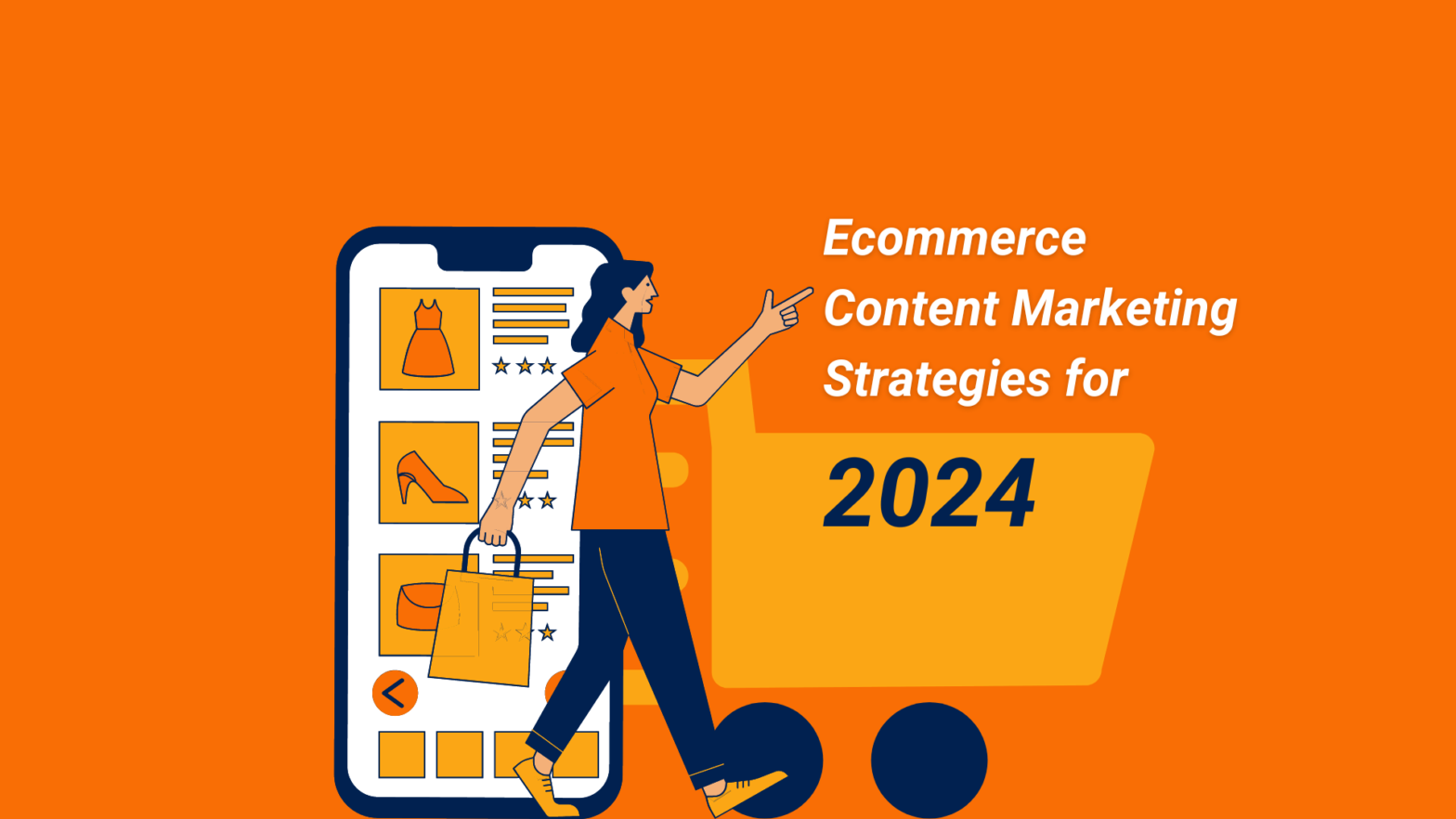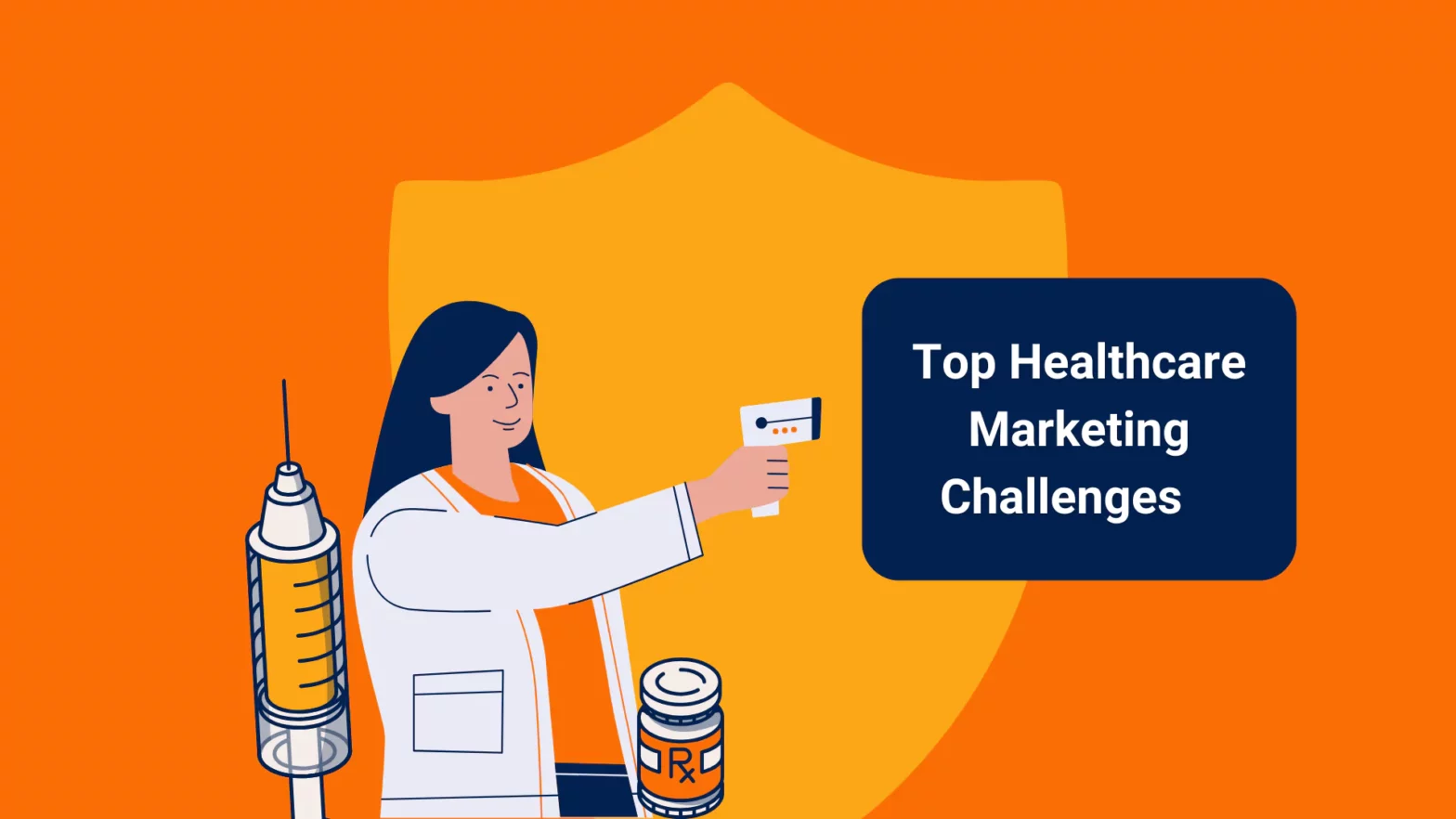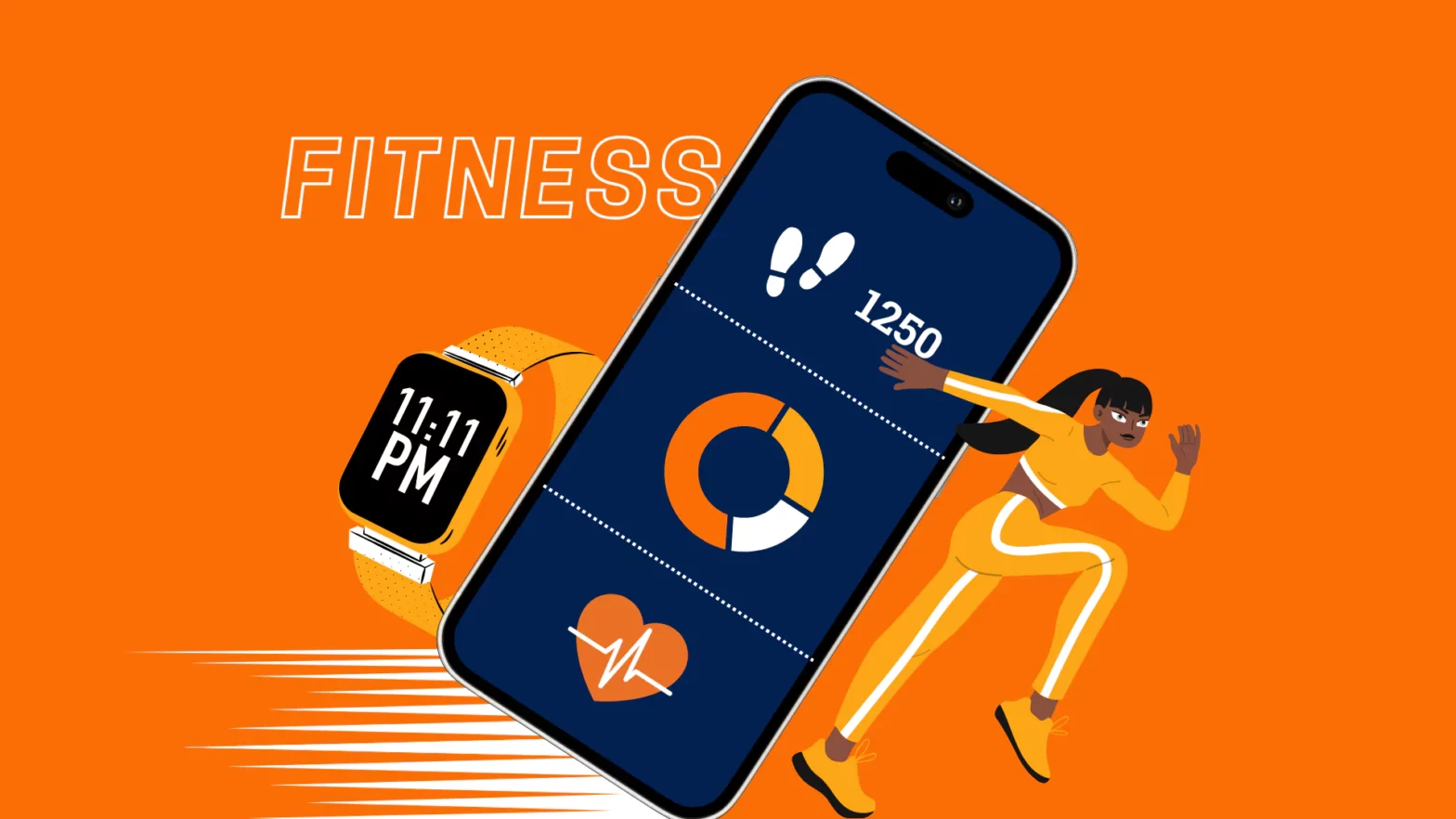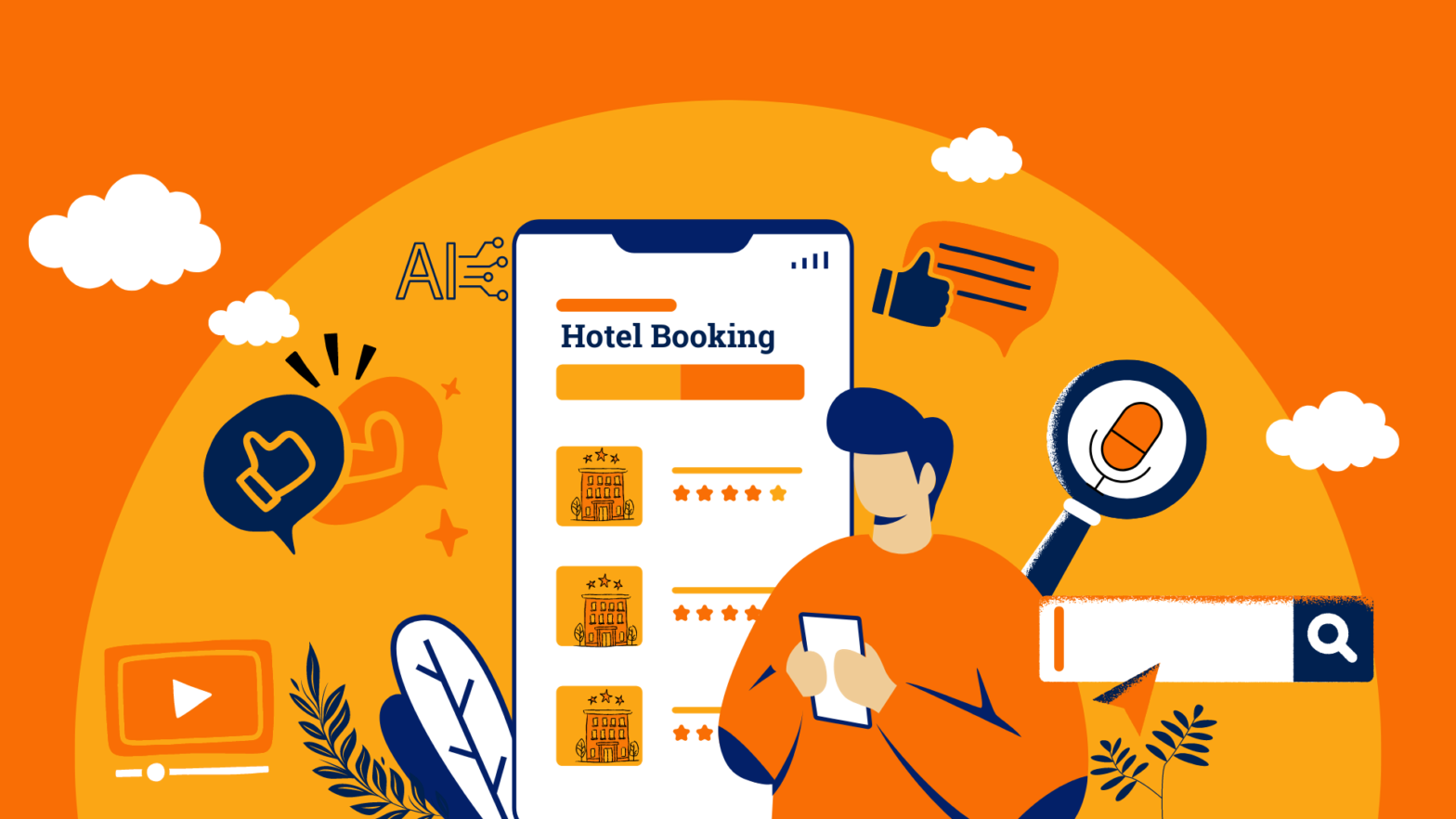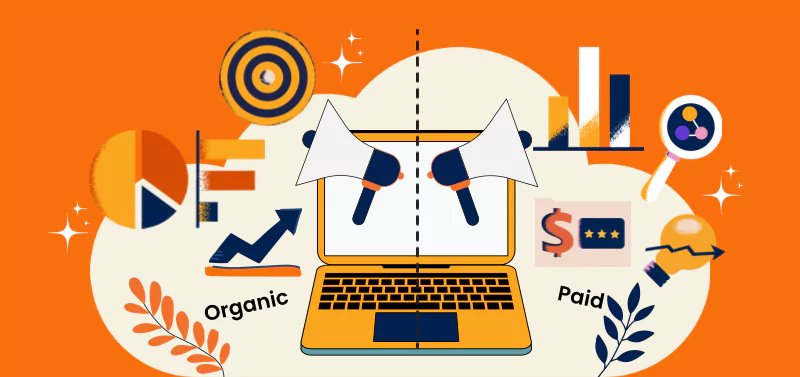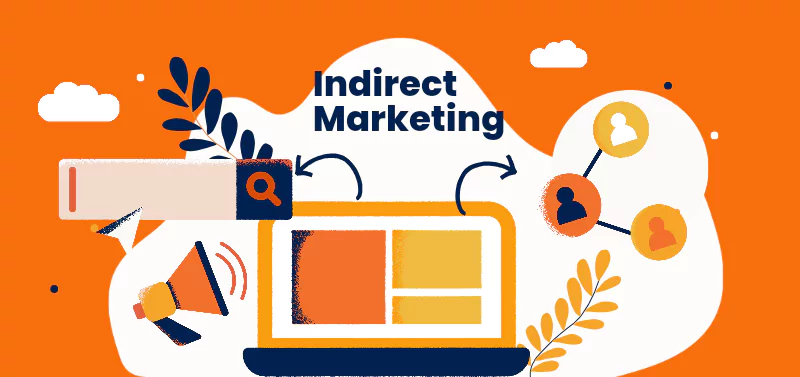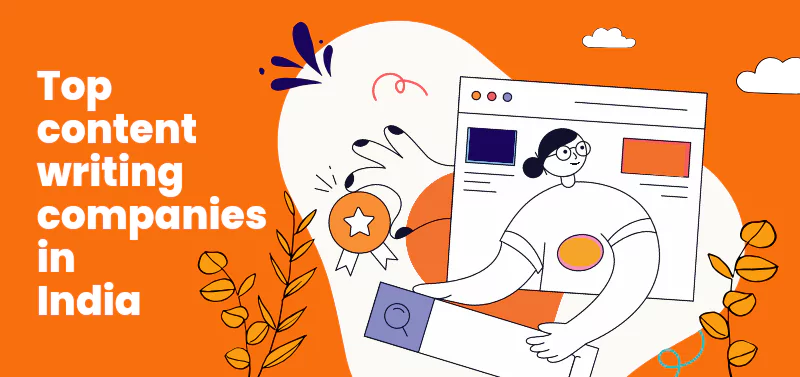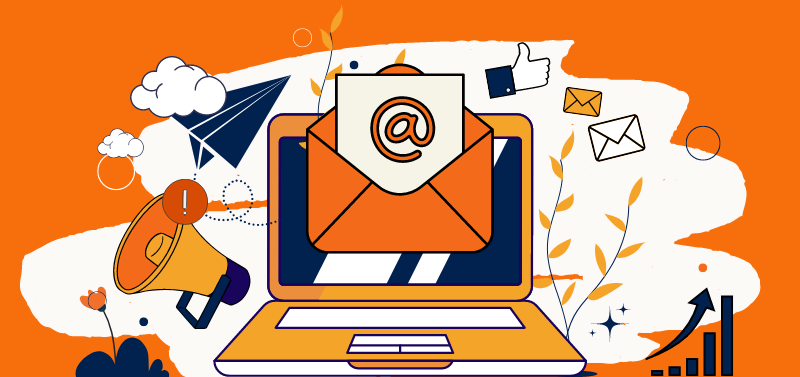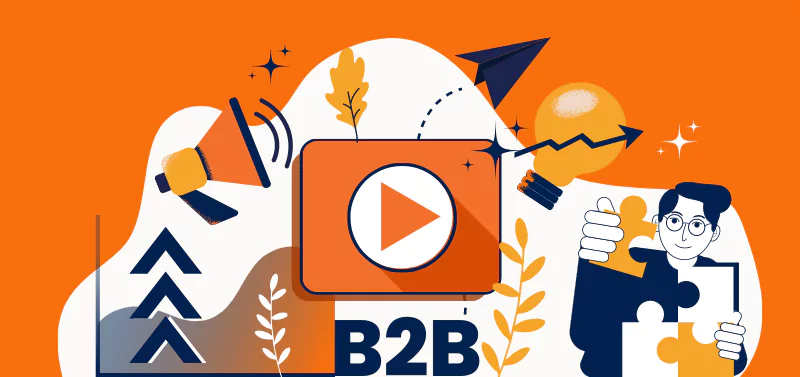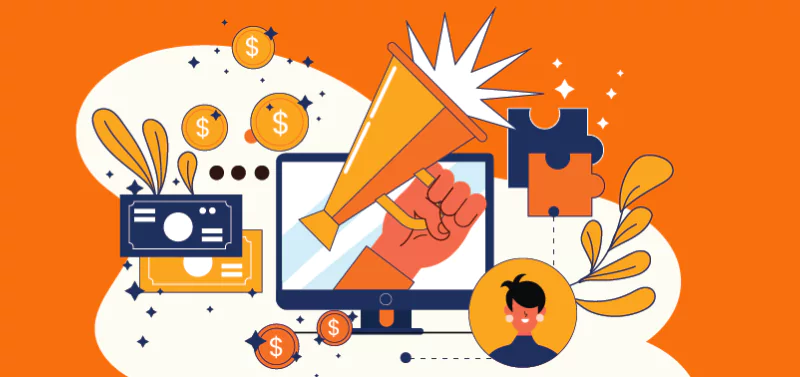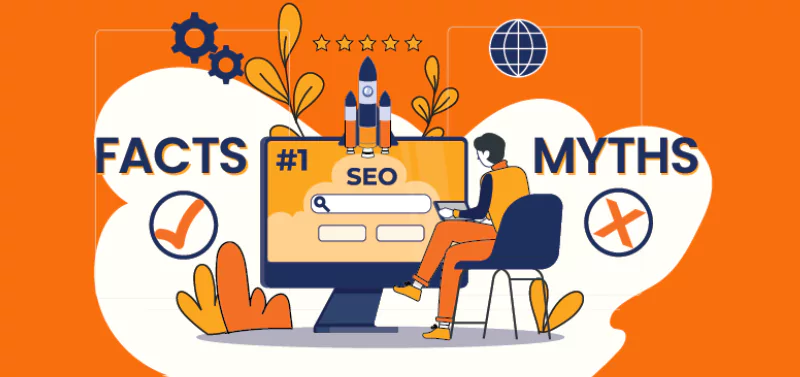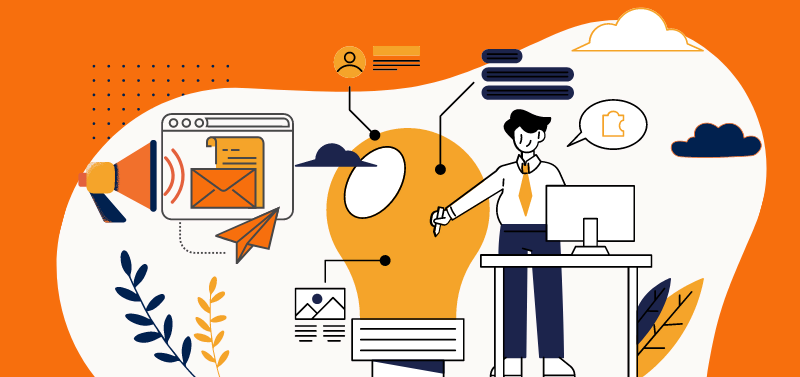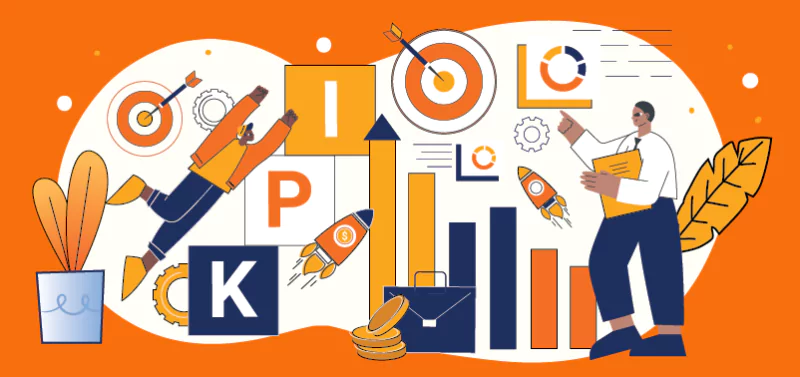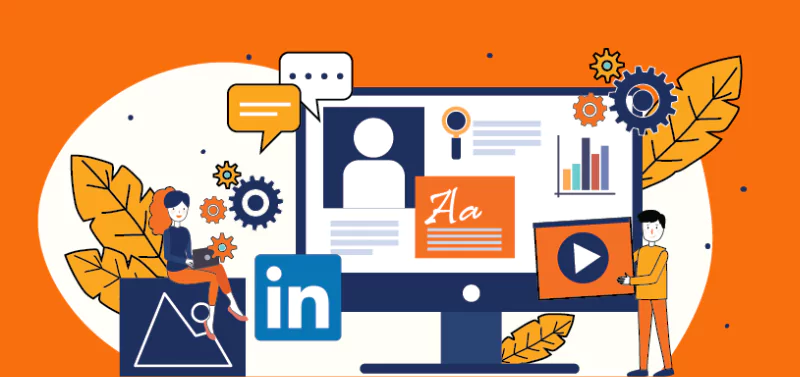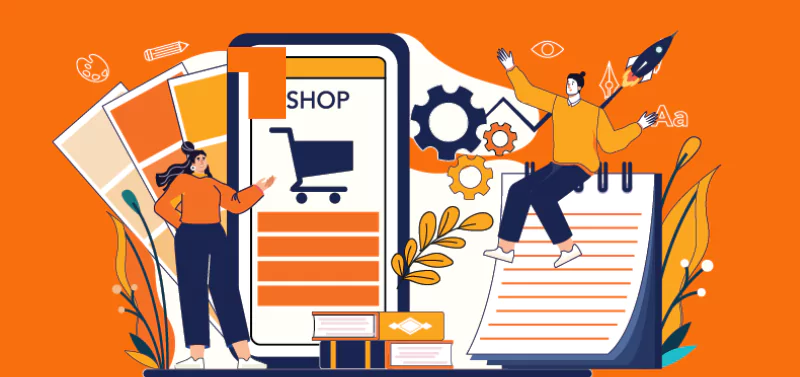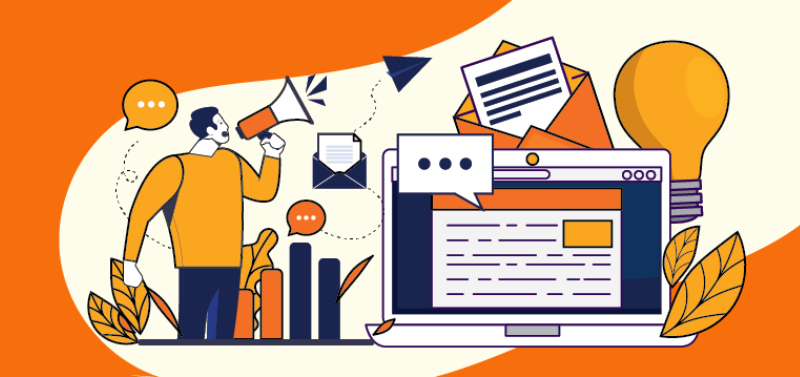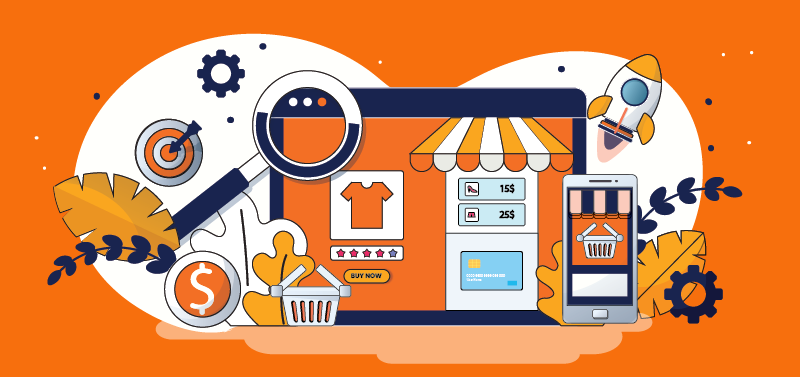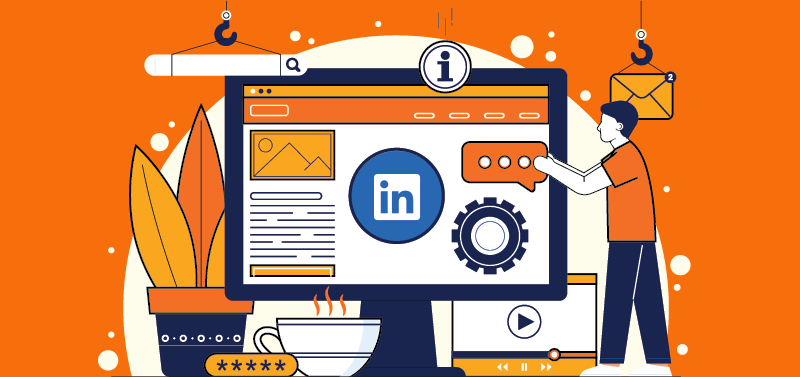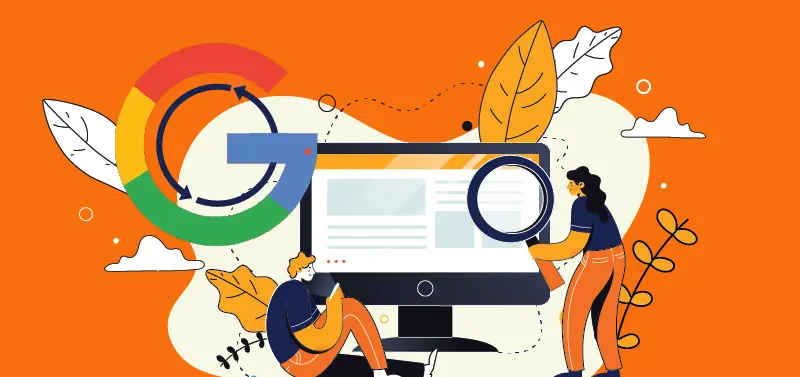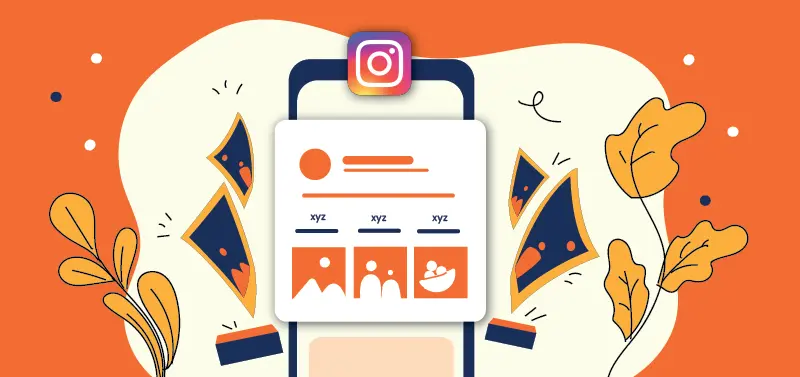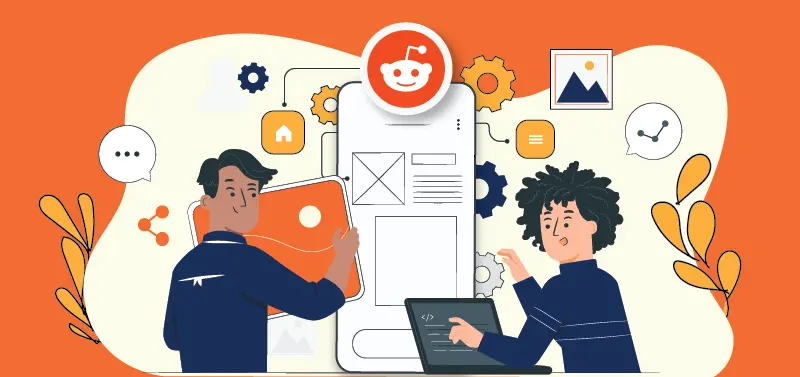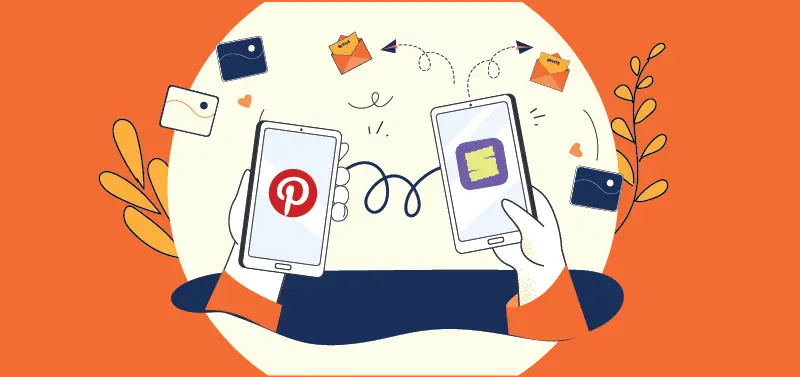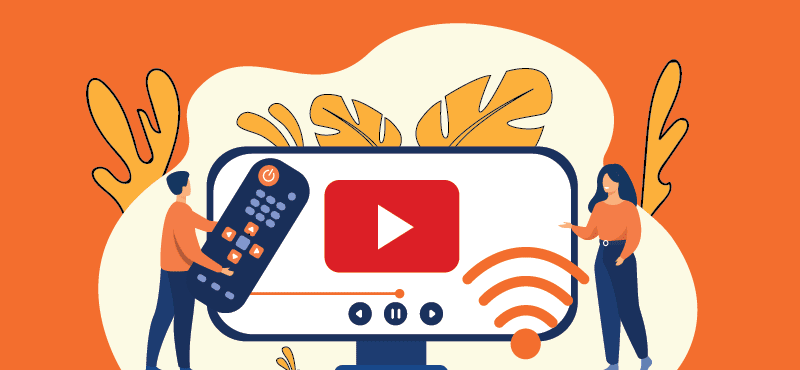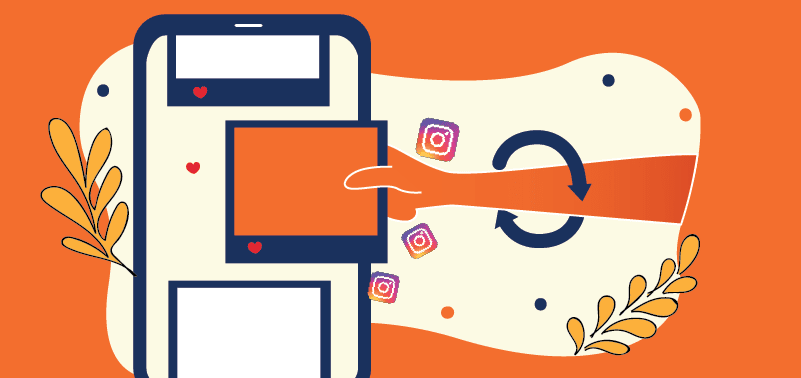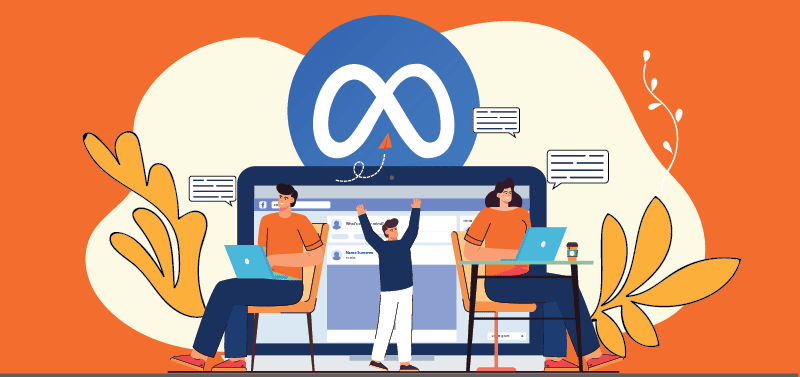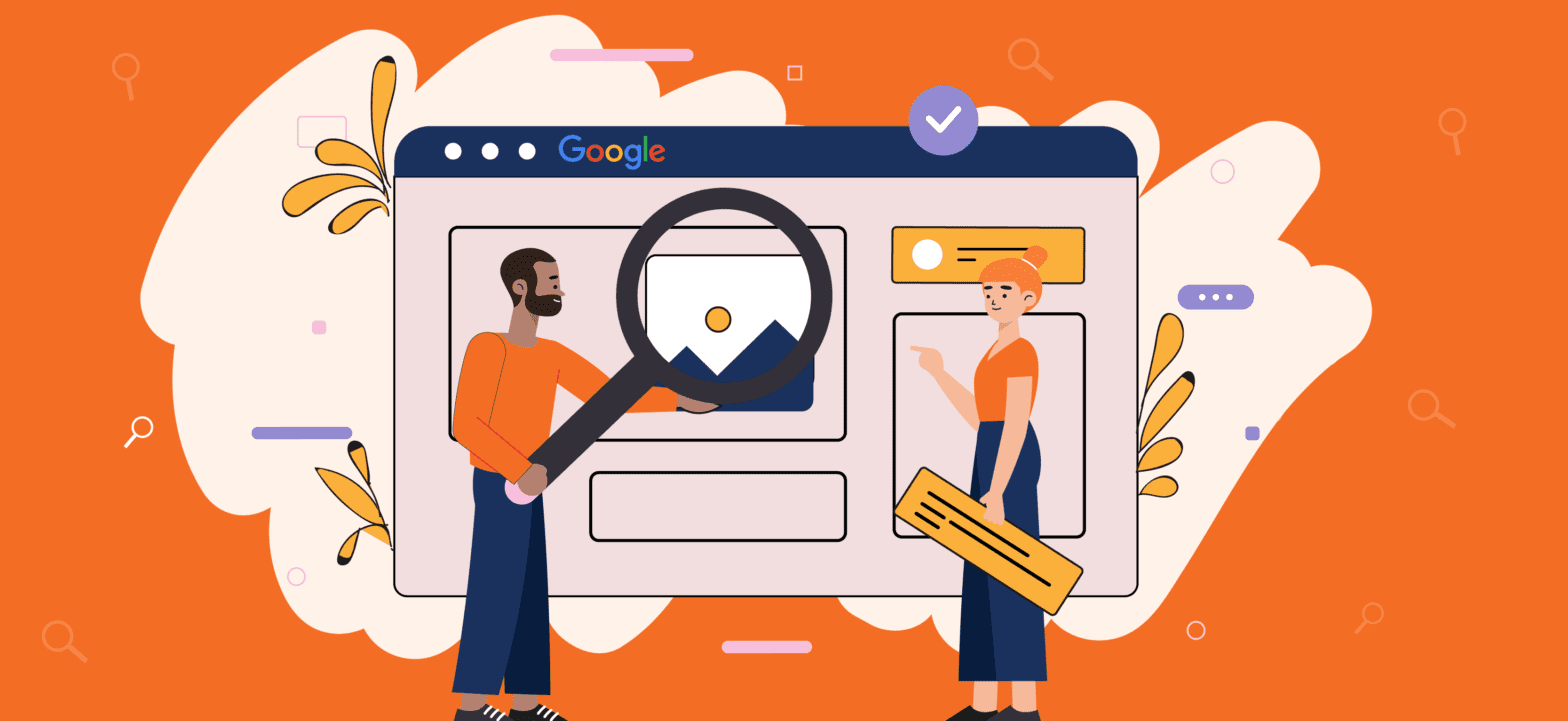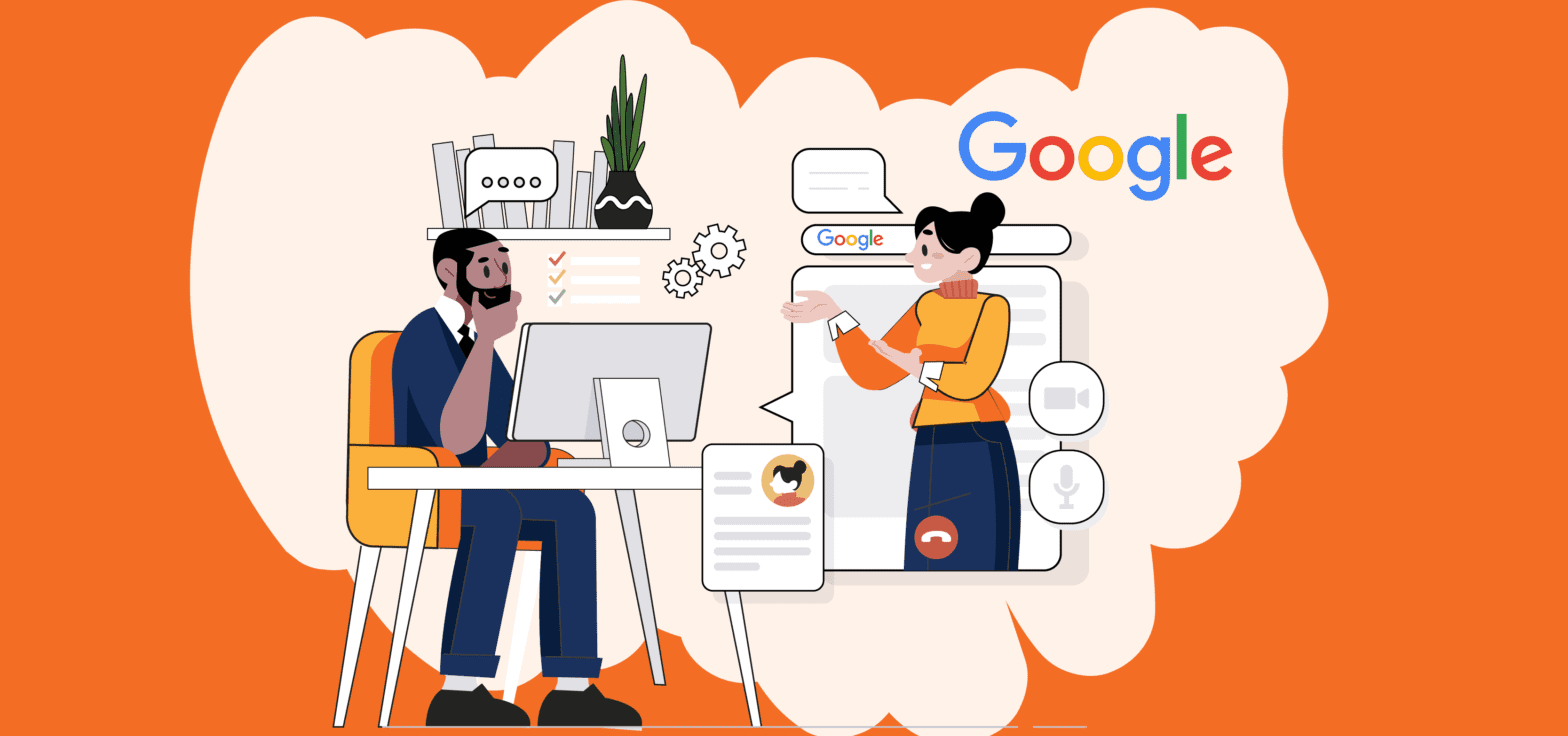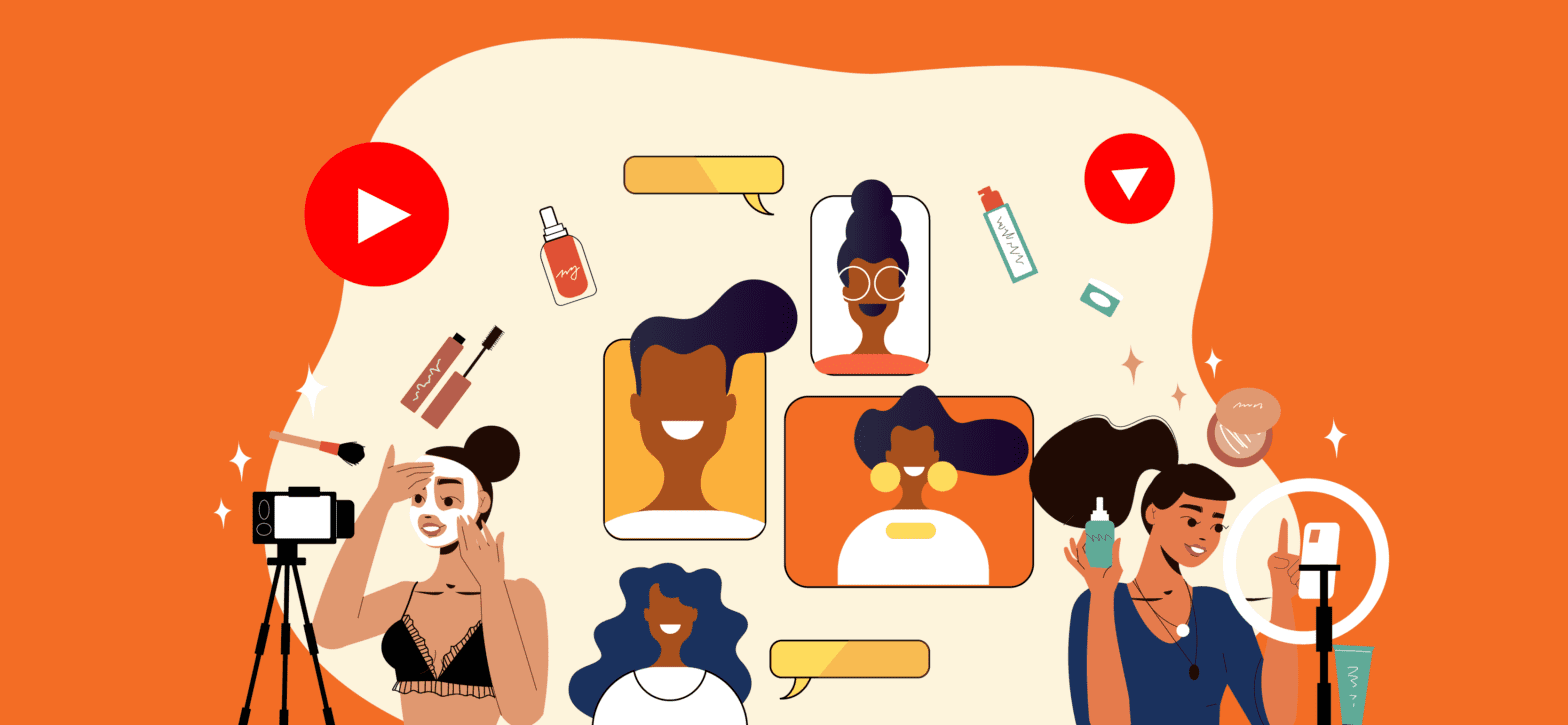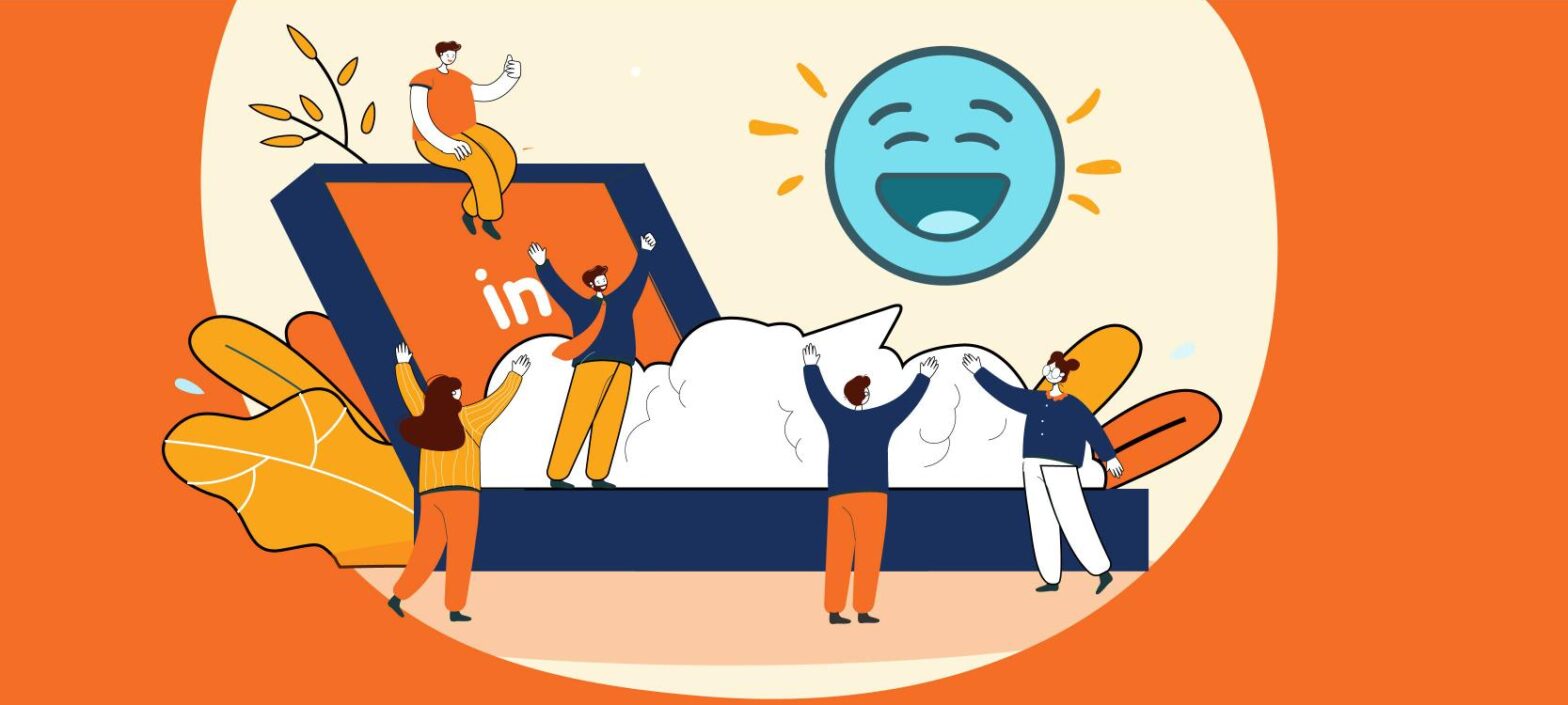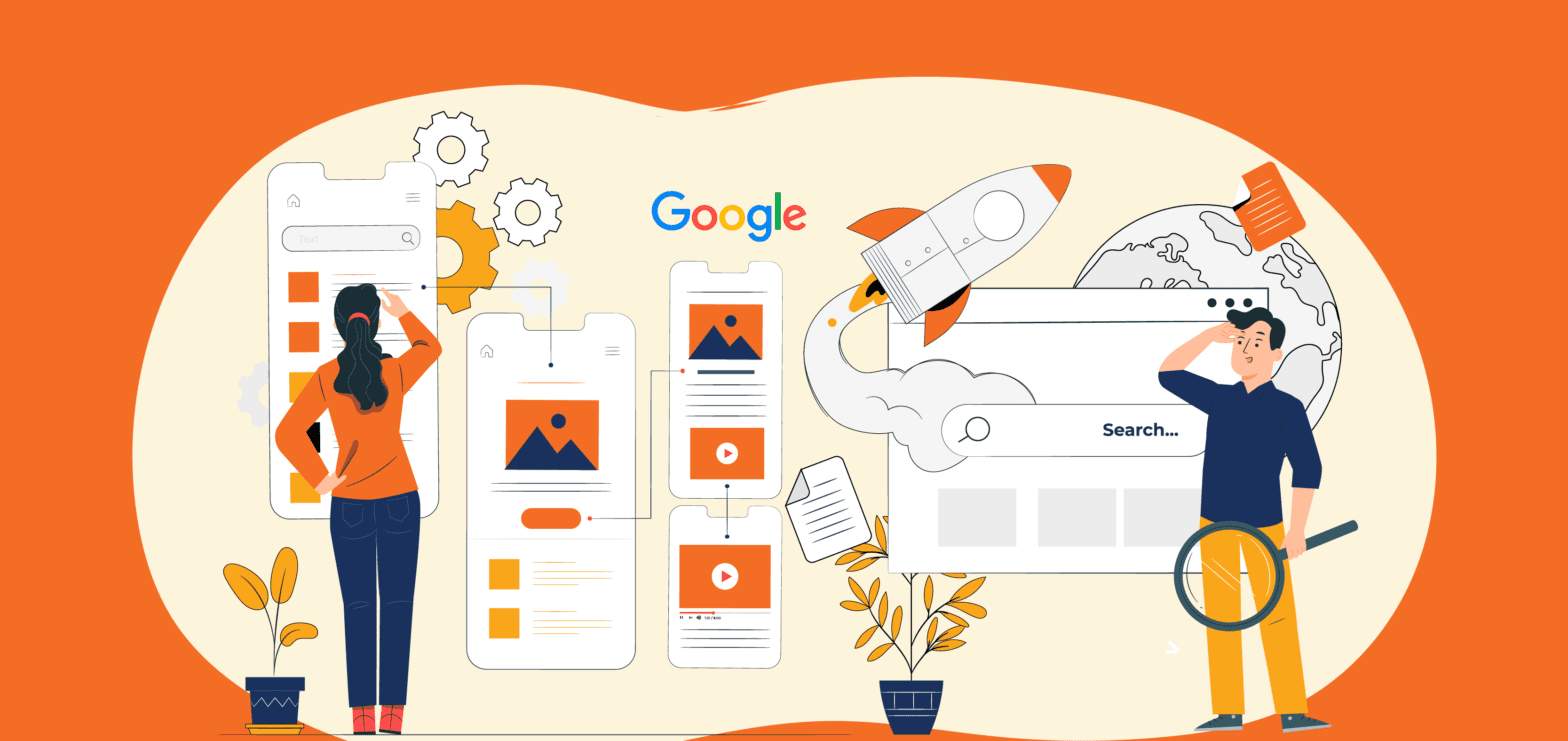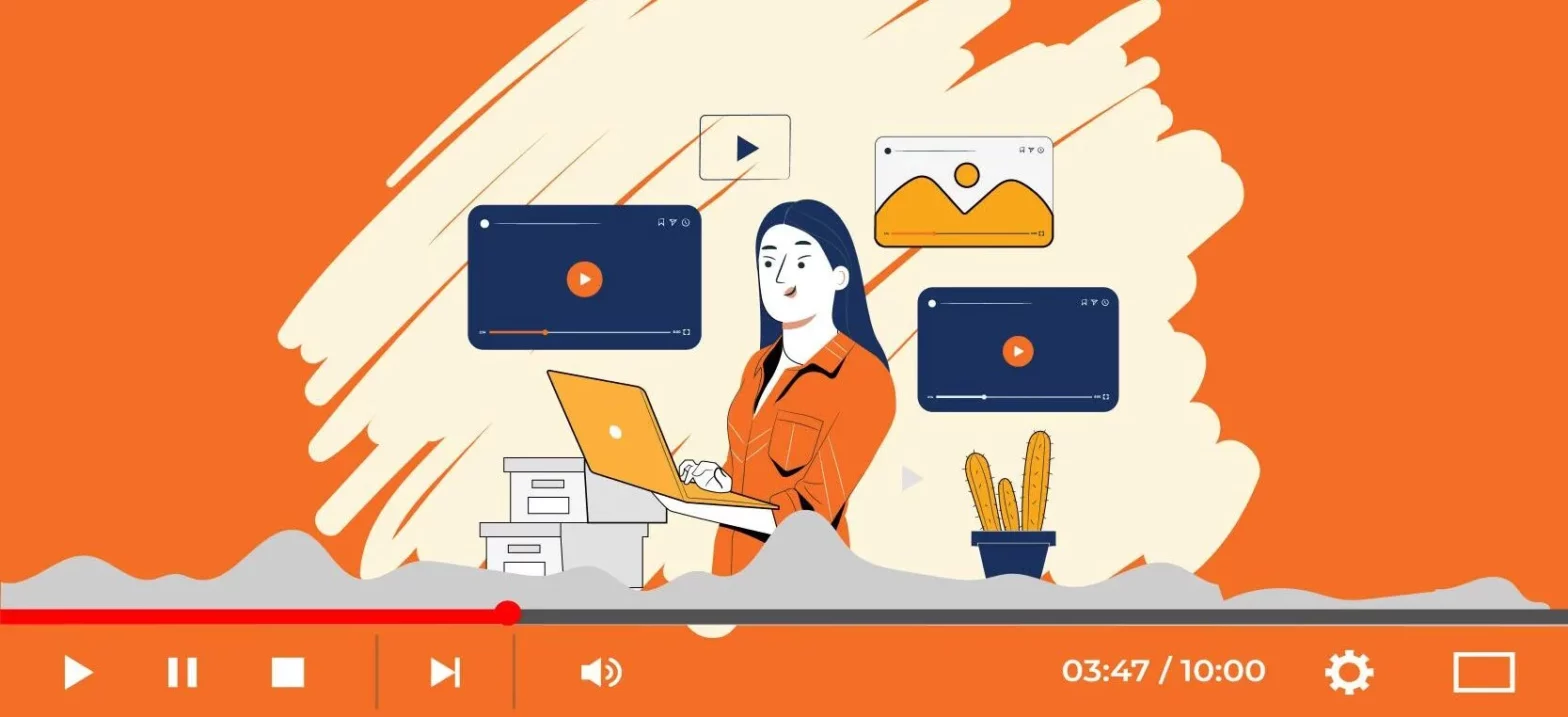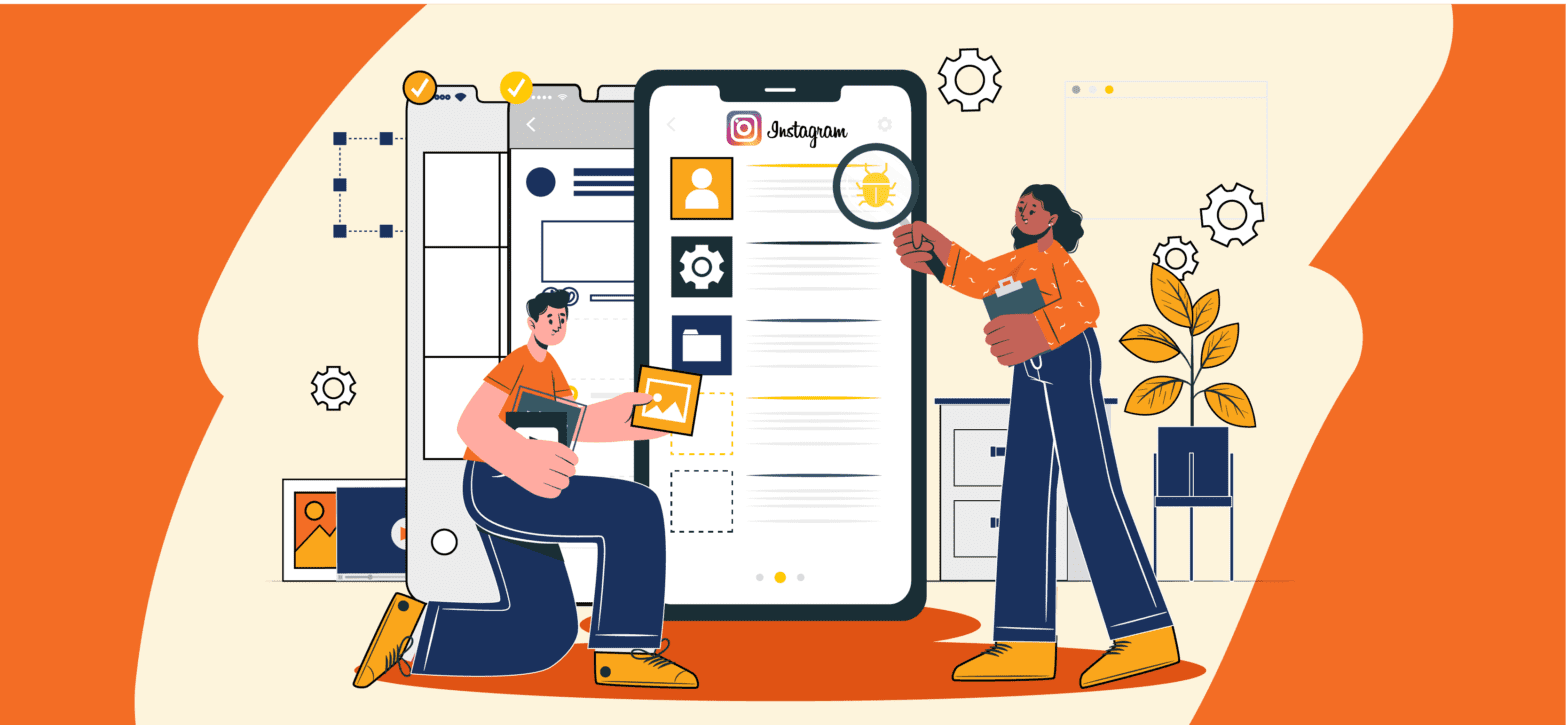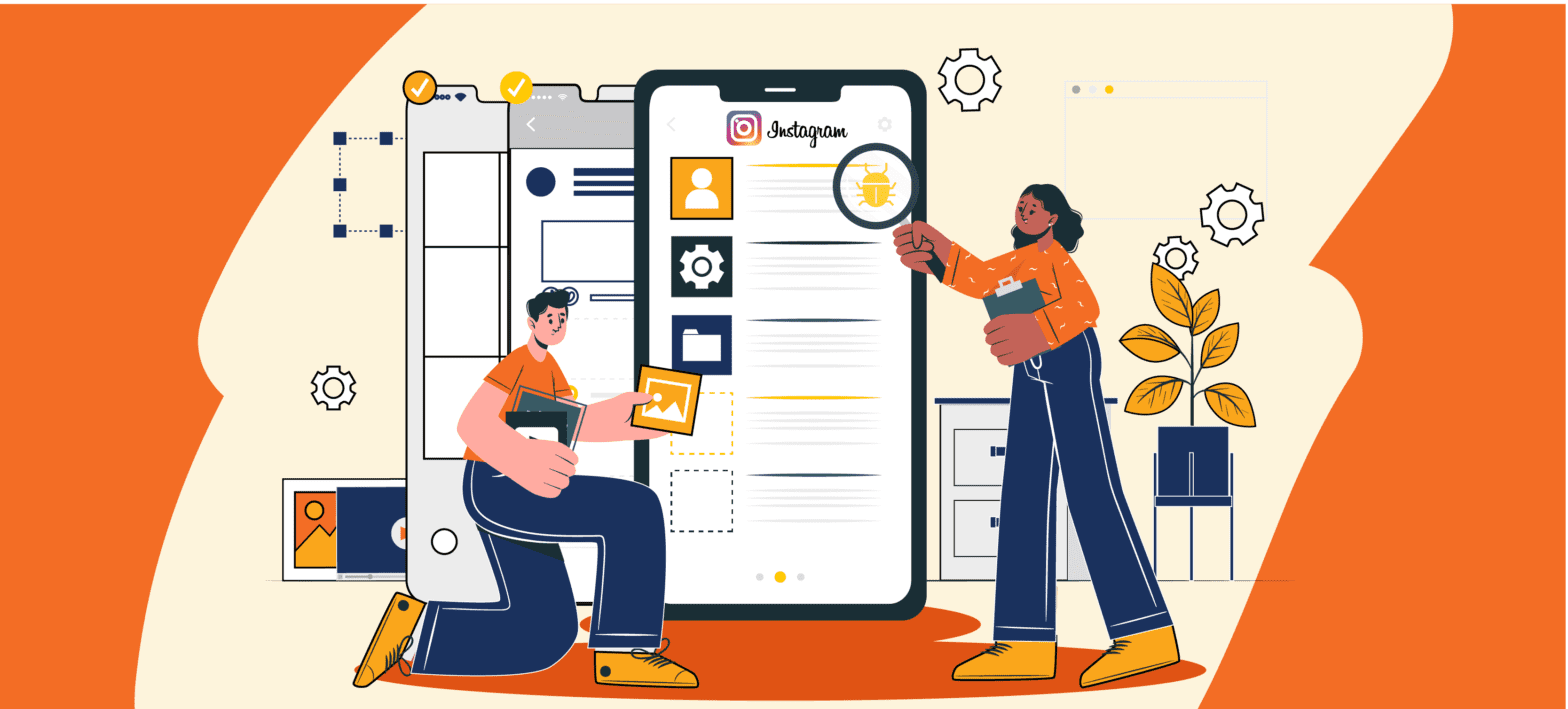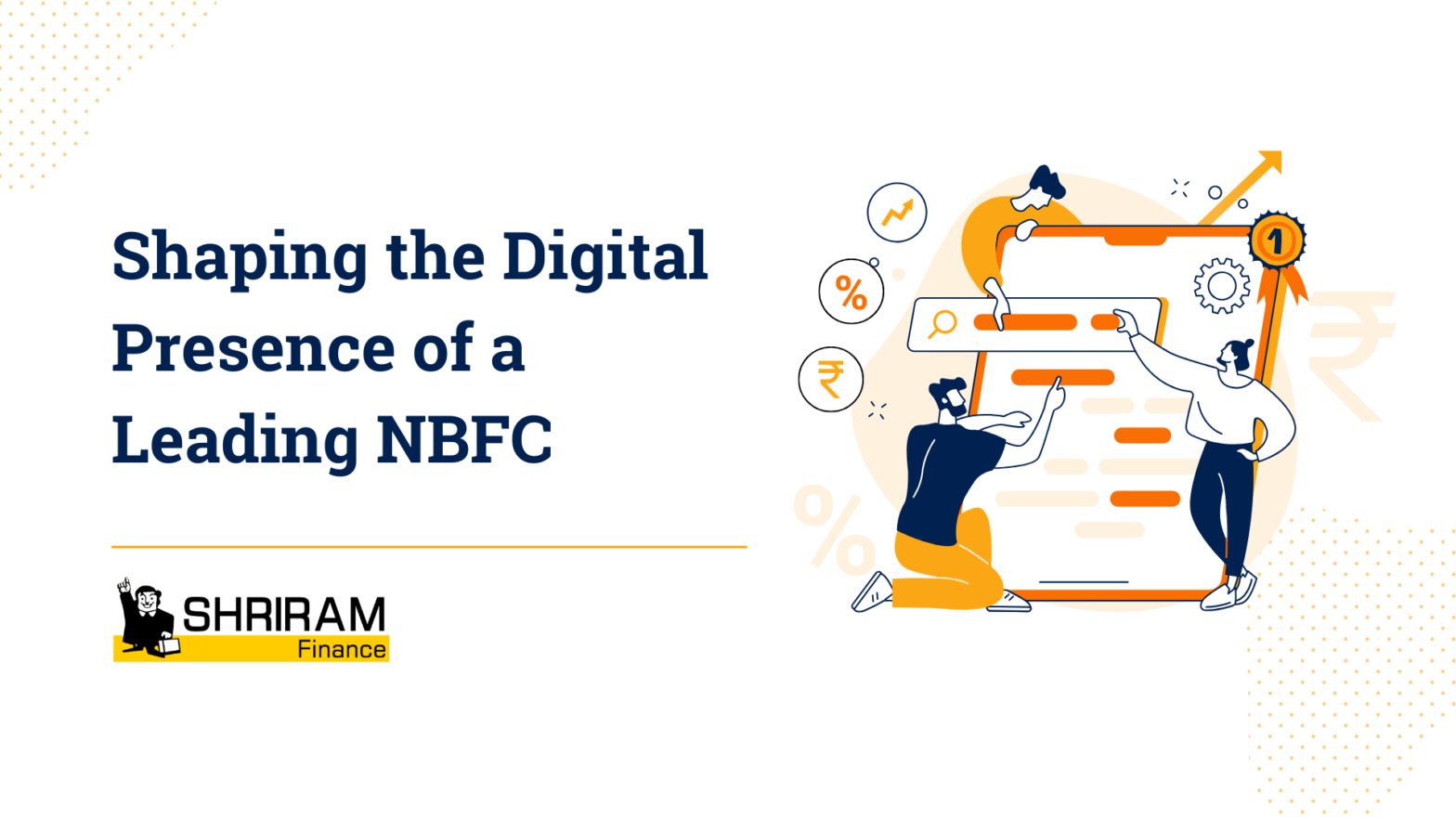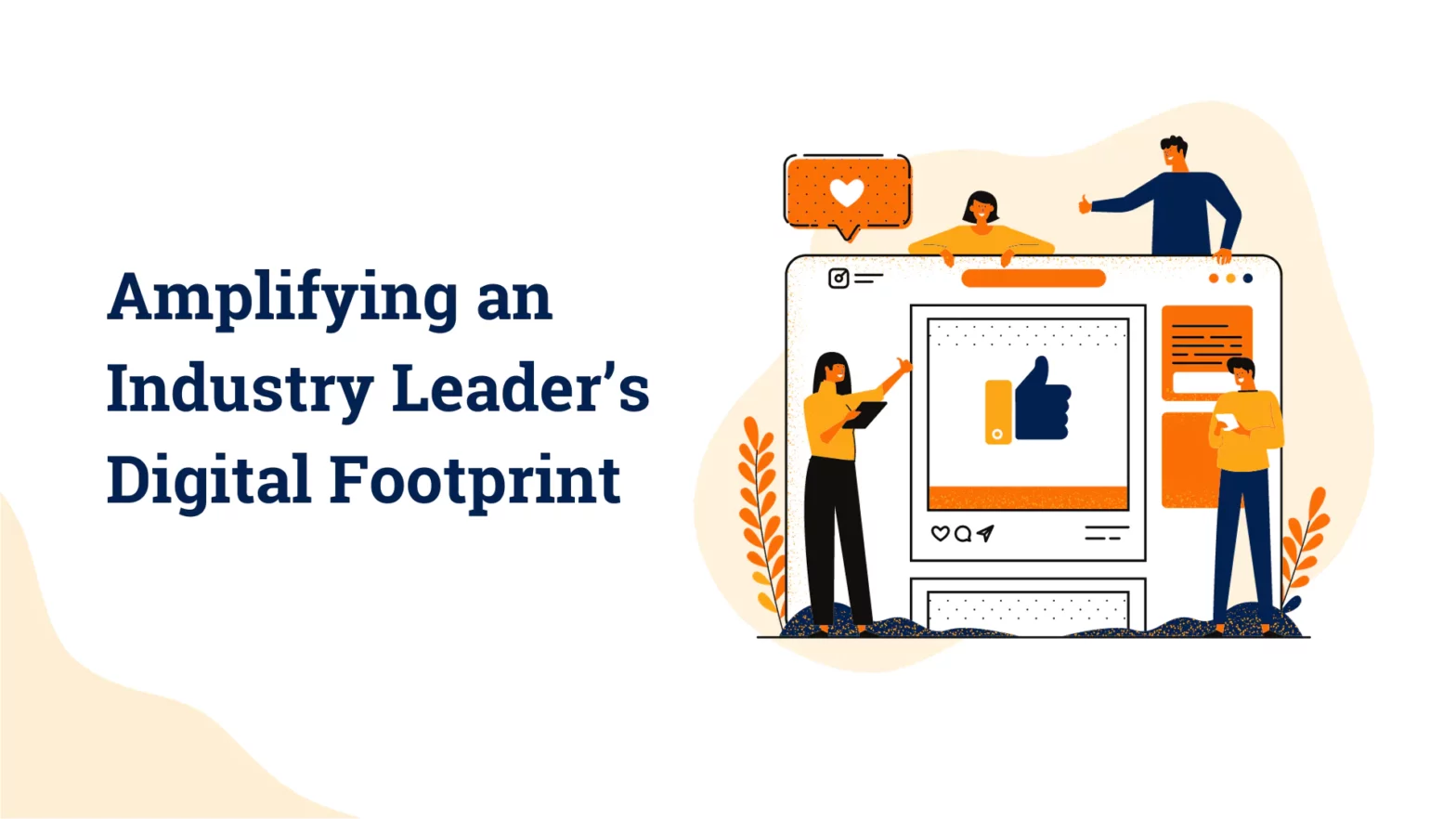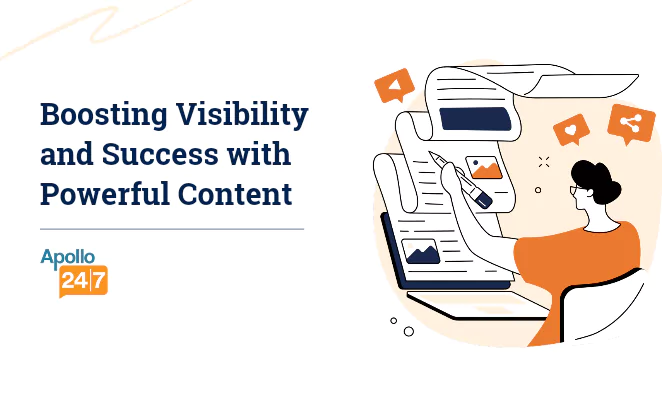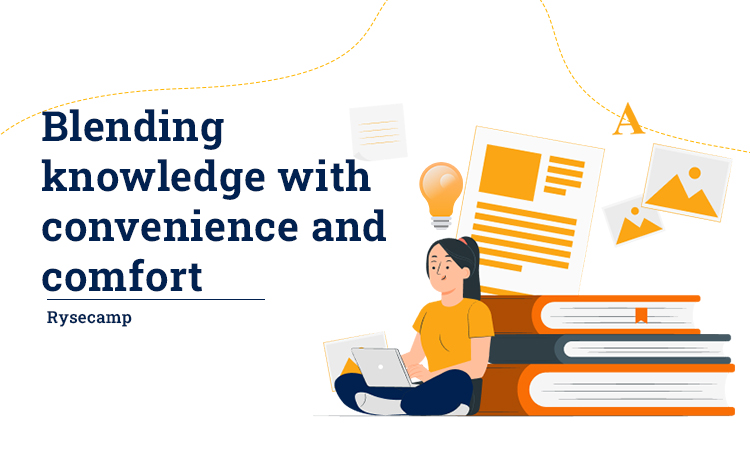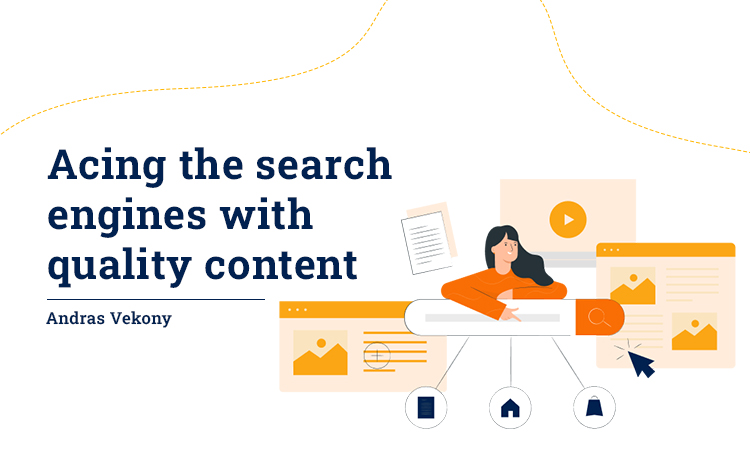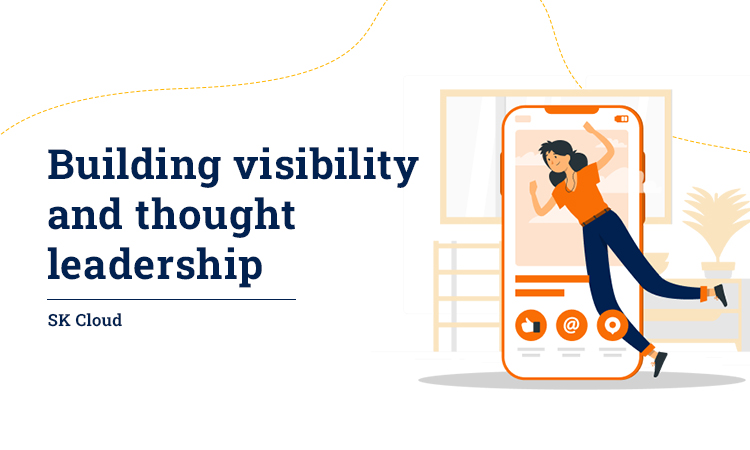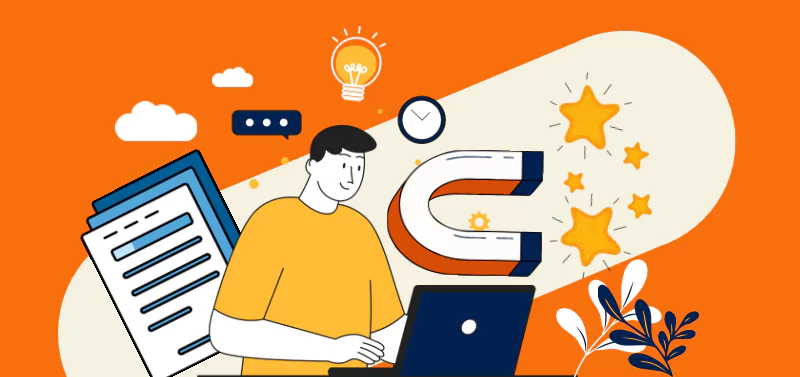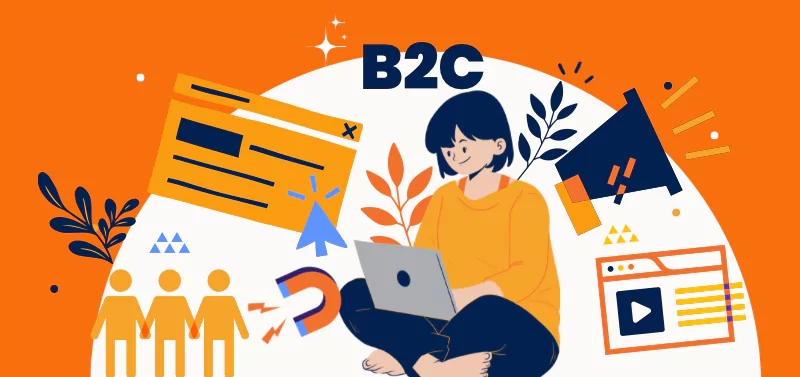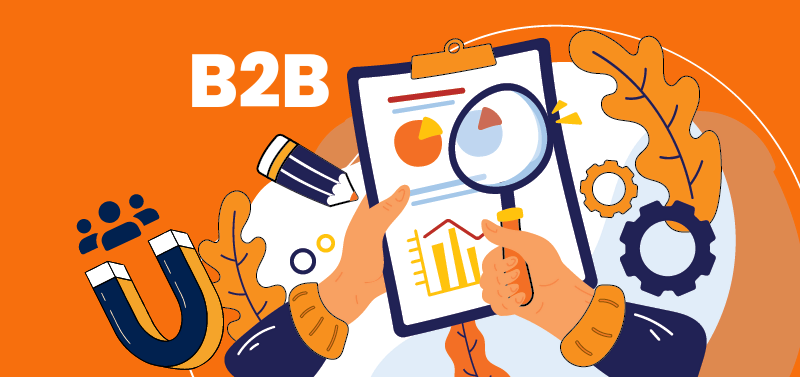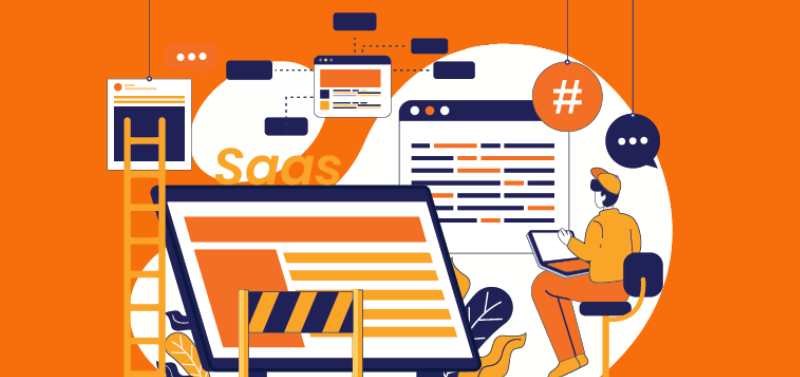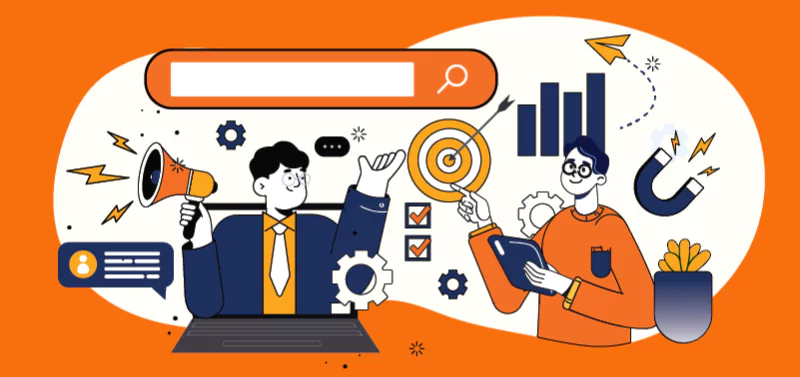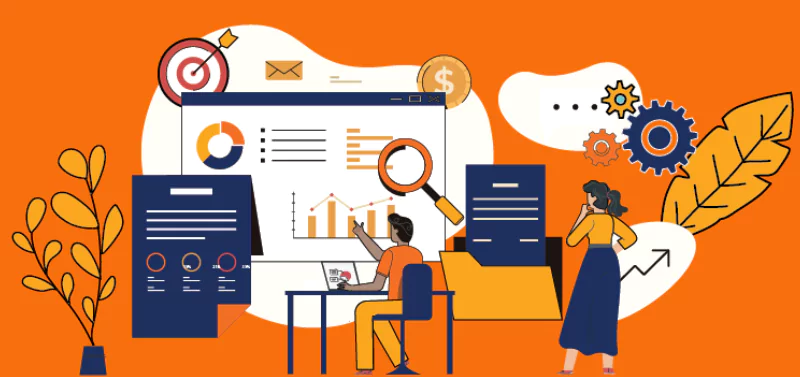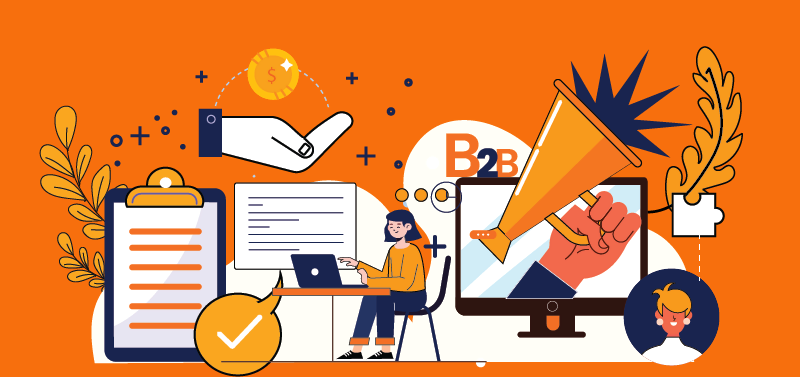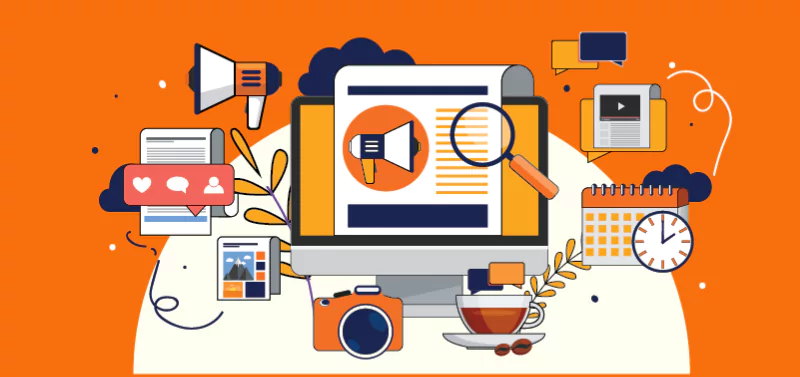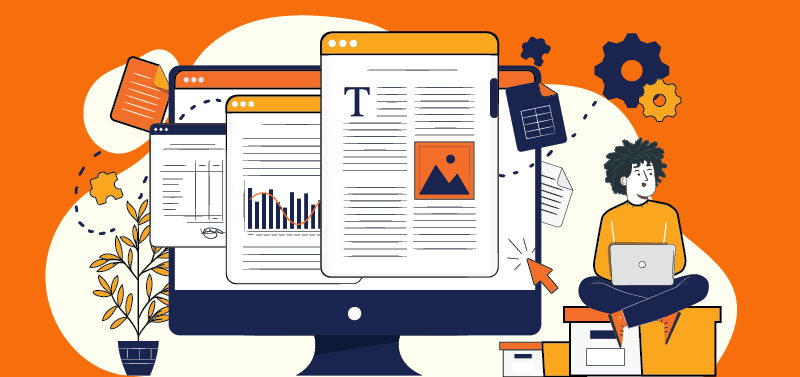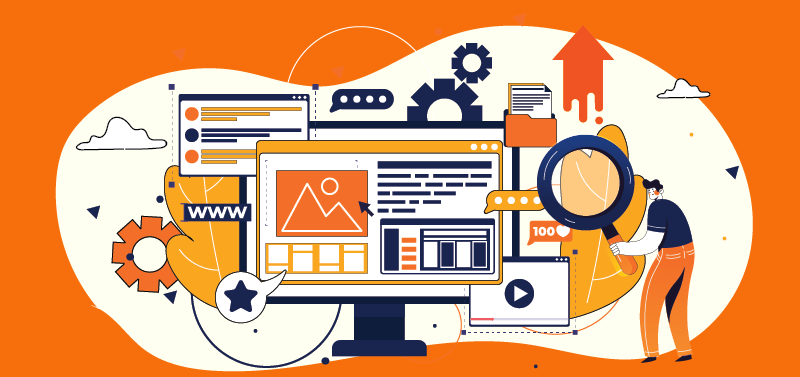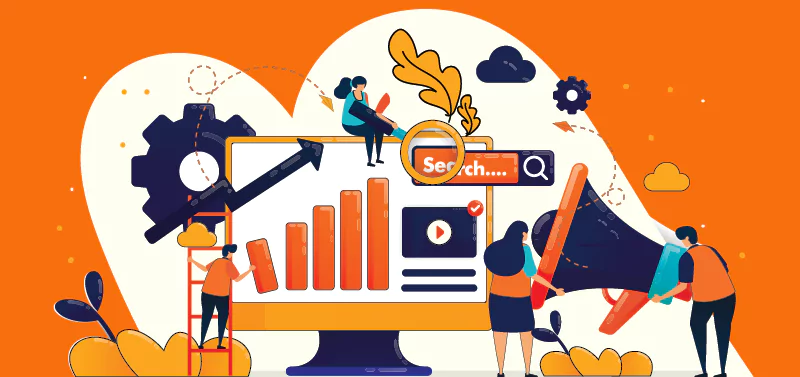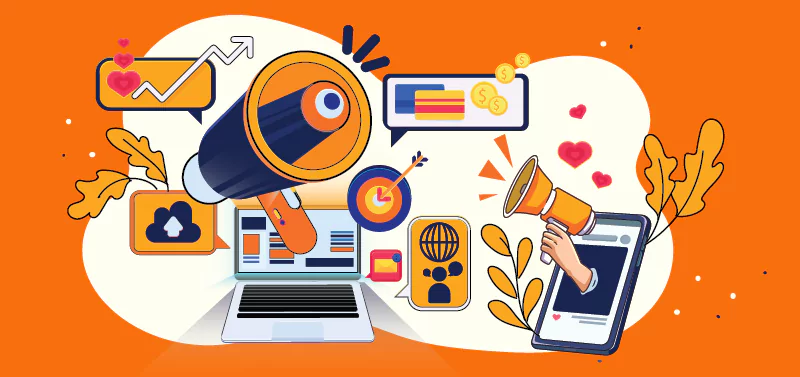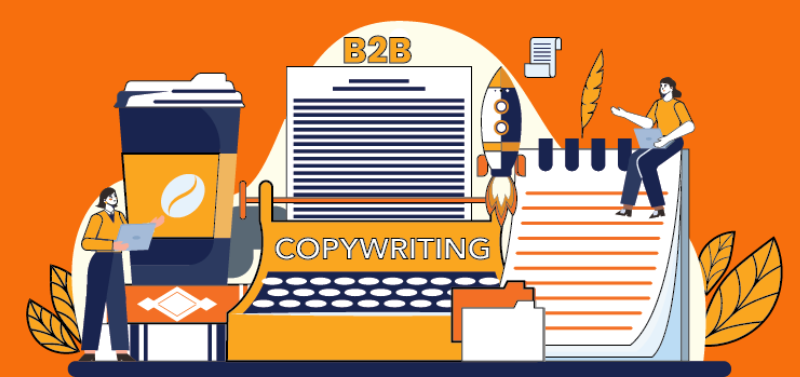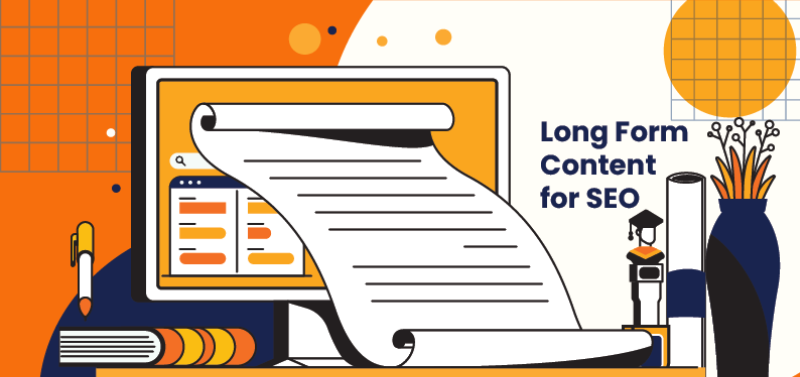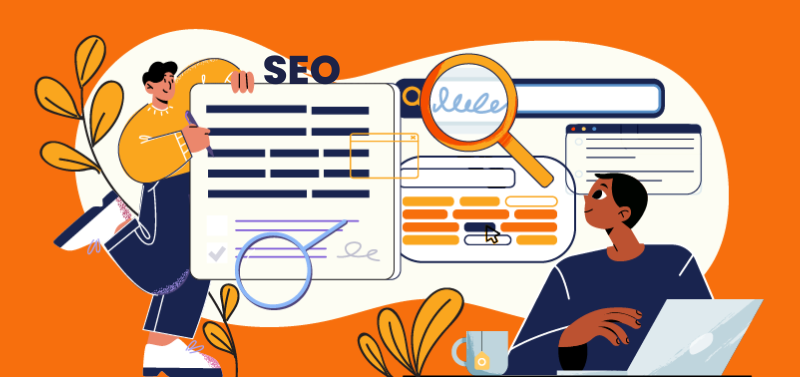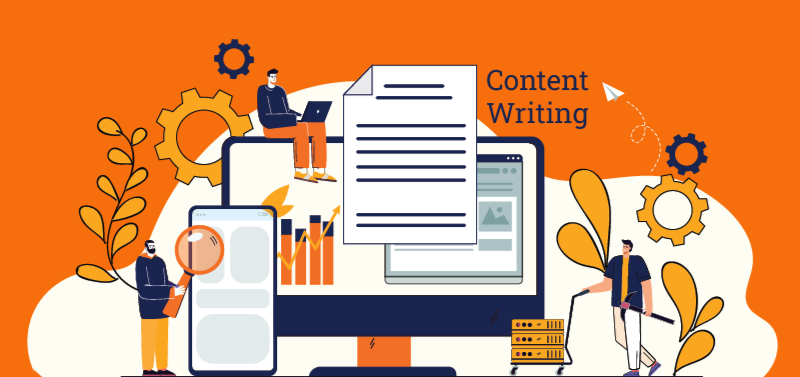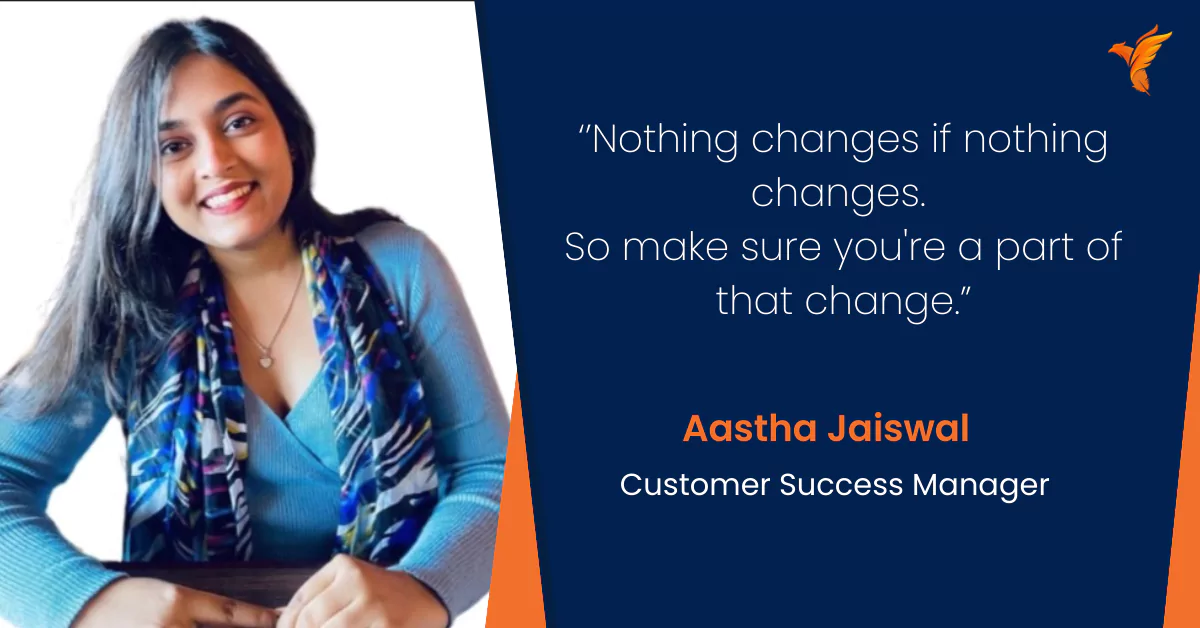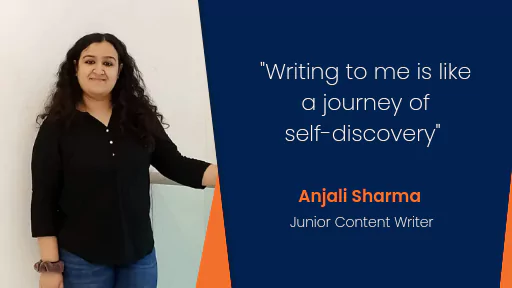How to Build a Retail Email Marketing Funnel that Converts
Author: Team WH
Published On: 20-12-23
Estimated reading time: 9 minutes
Email marketing is one of the most effective methods to boost conversions. In fact, 73% of marketers believe that emails generate excellent ROI. It holds for retail email marketing as well.
However, email marketing is not just about building an email list and converting your leads into loyal customers. There are several steps in between that largely depend on your potential customer’s behaviour.
This is where email funnels come in. They help you analyse and understand your customers at each stage of their journey. It helps you gradually lead them to the end goal of converting into customers.
Dive into this blog to understand how email funnels work for retail businesses. Learn tips and strategies for refining your customer’s journey at each step and build strong relationships with them. Let’s get started!
What is Retail Email Marketing?
Any retail business involves selling products directly to consumers. Retail email marketing is when businesses use email channels to promote their products and increase sales.
Much like e-commerce brands, retail stores can use emails to
- Inform customers about new products
- Promote ongoing discounts and offers
- Send receipts and post-purchase emails
- Collect feedback
- And more
In short, a retail email marketing strategy aims to educate potential buyers and encourage them to purchase a product. It also focuses on retaining customers to build brand loyalty.
As such, an email marketing strategy ensures that the most relevant emails are sent to potential customers at each stage of the email funnel.
What is an Email Marketing Funnel?
An email marketing funnel is basically a customer’s journey map through an email channel. It represents everything right from the first exchange till they become a customer.
An email marketing funnel is designed to nurture the leads over some time. This period is relative to the customer’s lifecycle in a business. An email marketing funnel must address the following stages of a buyer’s journey-
- Awareness
- Consideration
- Conversion
- Retention
- Loyalty
Understanding each stage will help businesses anticipate the needs of their prospects. It will allow them to send relevant emails at the right time and boost conversions.
Benefits of Building an Email Marketing Funnel
Building an email marketing funnel is an essential part of retail email marketing. It allows businesses to invest their efforts in the right prospects at the right time. Here are some advantages of building an email marketing funnel-
- It simplifies the customer’s journey
An email funnel provides a clear picture of a customer’s decision process at each stage. It helps you identify their specific requirements at each stage for better targeting.
This way, you can send emails that motivate the customers to move on to the next stage in the email funnel.
- Personalisation becomes easier
Businesses that focus on personalising their marketing efforts generate 40% higher revenue than the others. An email marketing funnel helps you understand the customer requirements at each stage and send personalised emails accordingly.
For instance, if the leads are in the awareness stage, the emails must familiarise them with your business. Similarly, at the conversion stage, the emails must provide discounts and offers that will motivate the subscribers to convert.
- It helps boost customer engagement
Interacting with potential buyers and motivating them to stay with your business is essential for higher sales. Understanding each customer’s journey makes it easier to engage them at each stage.
How to Build an Email Marketing Funnel for Your Retail Business?
Here are the top retail email marketing tips you can implement at each stage of your email funnel.
Acquire Leads (Top of the Funnel)
Acquiring subscribers for your email campaigns is the first way to build a retail email marketing funnel. To create a strong email list, you must identify your target audience, communicate with them, and encourage them to sign up for your emails.
There are two most effective ways to find leads and ask for their email address to build your subscribers list-
- Opt-in forms
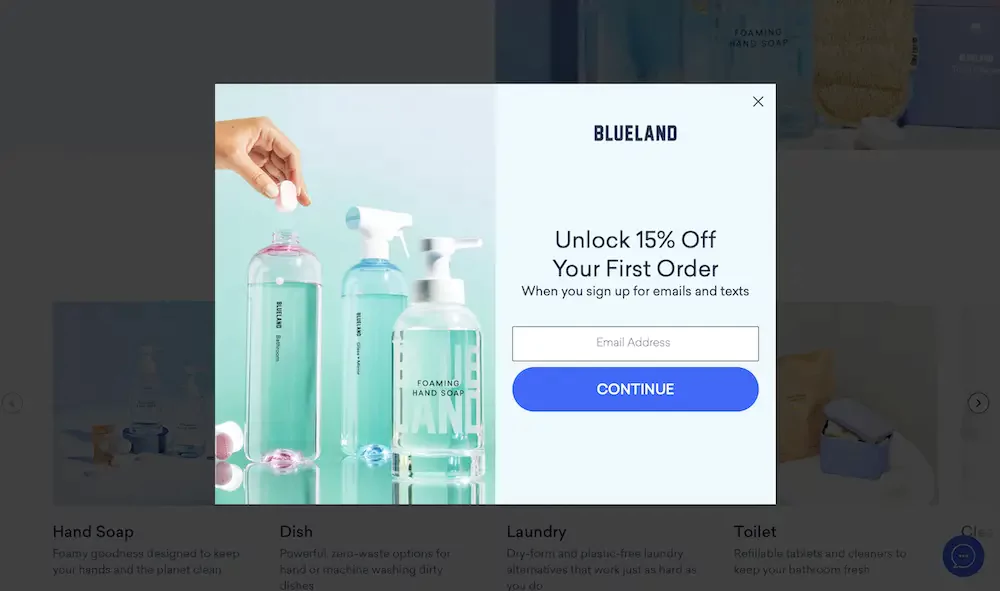
Opt-in forms are sign-in forms embedded throughout your website. You can embed these forms on specific landing pages, blog pages, home pages, etc.
When visitors are exploring your website, a pop-up opt-in form can encourage them to subscribe to your email list. To do so, your opt-in pages must highlight the benefits of signing up.
The benefits may include free weekly newsletters, exciting subscriber-exclusive offers, etc.
- Landing pages
Creating landing pages with a proper lead magnet is another way retail businesses can acquire leads to convert. These lead magnets can be anything from interactive webinars to eBooks, informative blogs, and more.
You can use these lead magnets to ask for the visitor’s contact details in exchange for valuable content.
Nurture Your Leads (Middle of the Funnel)
The task does not end with lead generation. Once you have built your email list, it is essential to keep the leads engaged and nurture them. Lead nurturing efforts help you
- Showcase your business’s USP (unique selling point)
- Inform your potential customers about your products
- Guide your prospects throughout their buying journey
Segregating the email list is the first step to engaging and nurturing your leads.
You can create prospect groups based on demographics, preferences, etc. It will help you design personalised strategies to showcase the most relevant products to each subscriber.
While this sounds complex, you can use email automation tools that ease email segmentation by analysing customers’ website behaviour, demographic details, etc.
After segmentation, here are some lead-nurturing emails you can send to your prospects-
- Welcome emails
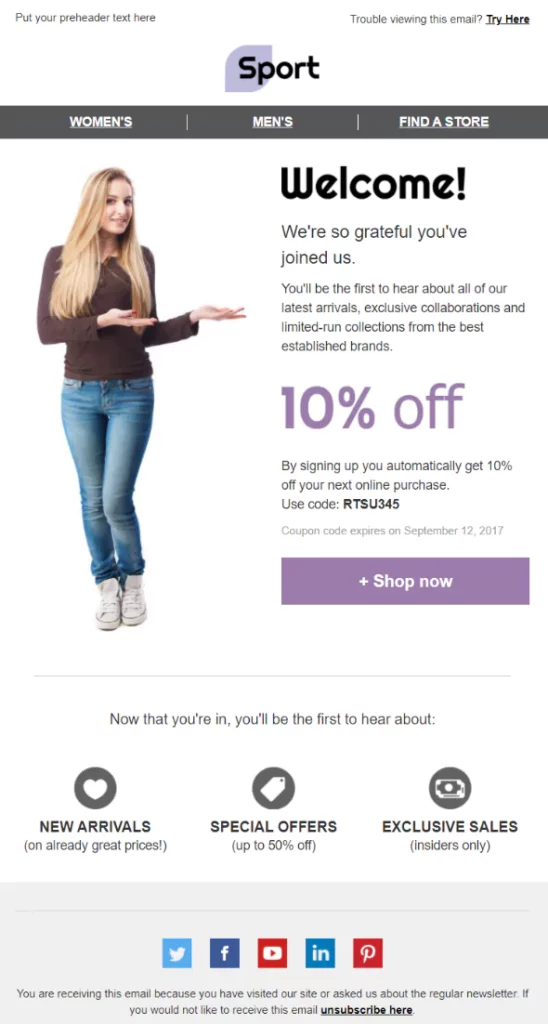
Welcome emails are one of the best retail email marketing examples. Thank your subscriber for signing up and associating with your business. You can then offer them valuable content like blogs they may be interested in, a quick overview of your brand, etc.
- Personalised emails with valuable offers
Personalising the email experience is an excellent way to engage your subscribers. It is even more effective in retail email marketing. If you have outlets and stores in different locations, target your subscriber’s location to send customised offers.
For instance, you can offer 20% off on their first purchase from your outlet in their area. It will encourage them to visit your store and explore the products.
Encourage Conversions and Increase Sales (Bottom of the Funnel)
If your subscribers have moved through the first two stages, they are already familiar with your business. All they need is motivation to convert, which your retail email campaigns must focus on at this stage.
You have already established a relationship with them. Now, you must continue sending nurturing emails with a more conversion-focused strategy.
Your conversion-focused emails may include-
- Time-sensitive offers
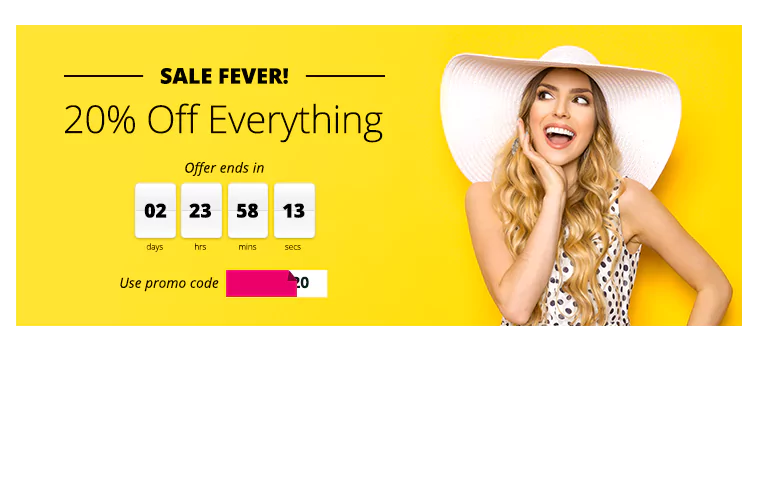
Create an urgency. Putting deadlines in your emails can make subscribers feel they may miss an offer if they do not act now. This can include limited-period deals, coupons that will expire soon, exclusive birthday or anniversary offers, etc.
These offers should be enticing enough for the subscribers to perform the specific action.
- Retargeting emails
Around 85.65% of shoppers abandon their carts while shopping on mobile devices. It is because they find entering details on their mobiles a bit troublesome. Often, the added costs are a major reason for car abandonment as well.
To manage this issue, send abandoned cart emails and encourage your subscribers to complete the purchase. Provide new discounts and offers to motivate them.
You can also utilise analytical tools to assess their behaviour. This data can create personalised emails that push them to buy the products. Include a strong and direct CTA (call to action) in your email template.
You can also use this data to implement retargeting ads that focus on the particular products subscribers have in their carts.
- Onboarding emails for prospects using a free trial
Send emails to your leads when their free trial is about to end. Make sure you have made their trial worthwhile with valuable content. Now it’s time to provide a special offer they cannot refuse and motivate them to become your paid subscribers.
Gain Customer Loyalty (Repeat Funnel)
The purchase is over. Your subscribers have not become your customers. But the task does not end here.
Retaining these customers for long-term loyalty is essential. If the focus shifts to acquiring new leads, you may lose a loyal customer base that can connect you with more leads.
Additionally, repeat purchases and custom referrals can significantly boost your ROI (return on investment). It is much like nurturing your leads but with a more direct approach.
Here are some ways to send an effective email that promotes customer retention-
- Ask for feedback and product reviews
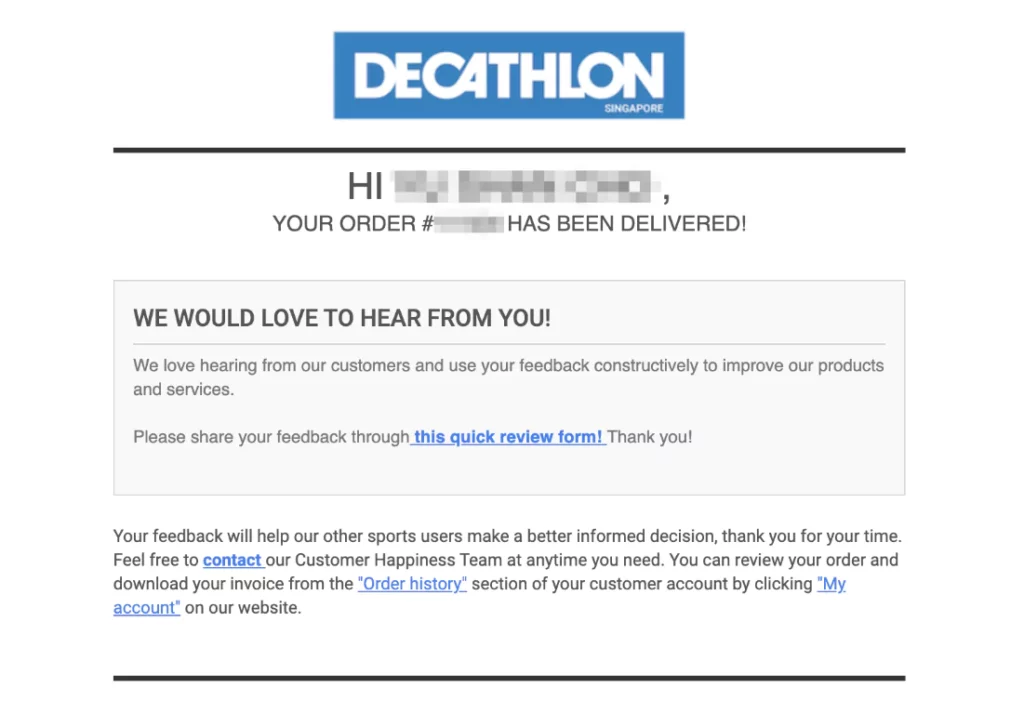
Requesting feedback is a way to show that you care about your customer’s opinion. These are a type of transactional email that helps you stay connected with your customers.
Ensure that you include proper instructions to complete the feedback process along with other details like purchase date, code, etc. It is even better to use AMP forms that allow them to give feedback without leaving the inbox.
Additionally, keep the subject line concise and clear and make your email designs mobile friendly.
- Send product and business updates
Keep your customers updated about your products and new developments in your business. It will help you stay on top of your customers’ minds.
When there is a new product that may interest them, make sure you let them know.
- Promote referral programs
Encourage your customers to promote your business to win discount coupons or points for their next purchase. Referral marketing emails can effectively keep your customers engaged and also help you find new leads through them.
- Design cross-selling and up-selling campaigns
Analyse customer’s purchase behaviour to send product recommendations. You can also send back-in-stock emails for products they might have searched for earlier.
The emails must not be pushy; rather, they should offer solutions that might interest your customers.
Wrapping Up
An email funnel is essential for the success of your retail email marketing efforts. While building an email funnel may seem complex, a solid strategy can help.
Using the tips and strategies discussed in the blog and a little patience can help you achieve higher conversions and ROI effectively.
Connect with WrittenlyHub to design compelling content strategies for your email campaigns and boost your retail business.
FAQs
What is an email marketing funnel?
An email marketing funnel refers to a set of emails marketers send to guide their leads ahead on their customer journeys.
What makes a good email marketing funnel?
An effective email marketing funnel in retail business is one designed keeping the potential buyers in mind.
What are the types of retail email marketing?
Some types of retail email marketing include welcome email campaigns, onboarding emails, transactional emails, cart abandonment emails, etc.
What are the best practices for creating effective email funnels?
Here are some tips to build an email funnel-
- Building a strong email list
- Segmenting your leads for personalised efforts
- Using relevant content strategy
- And more
How do you create emails that capture the receiver’s attention?
A catchy, clear, and concise subject line is the foremost element of an attention-grabbing email. The email body should also provide valuable information and a direct CTA to prompt the receiver.

